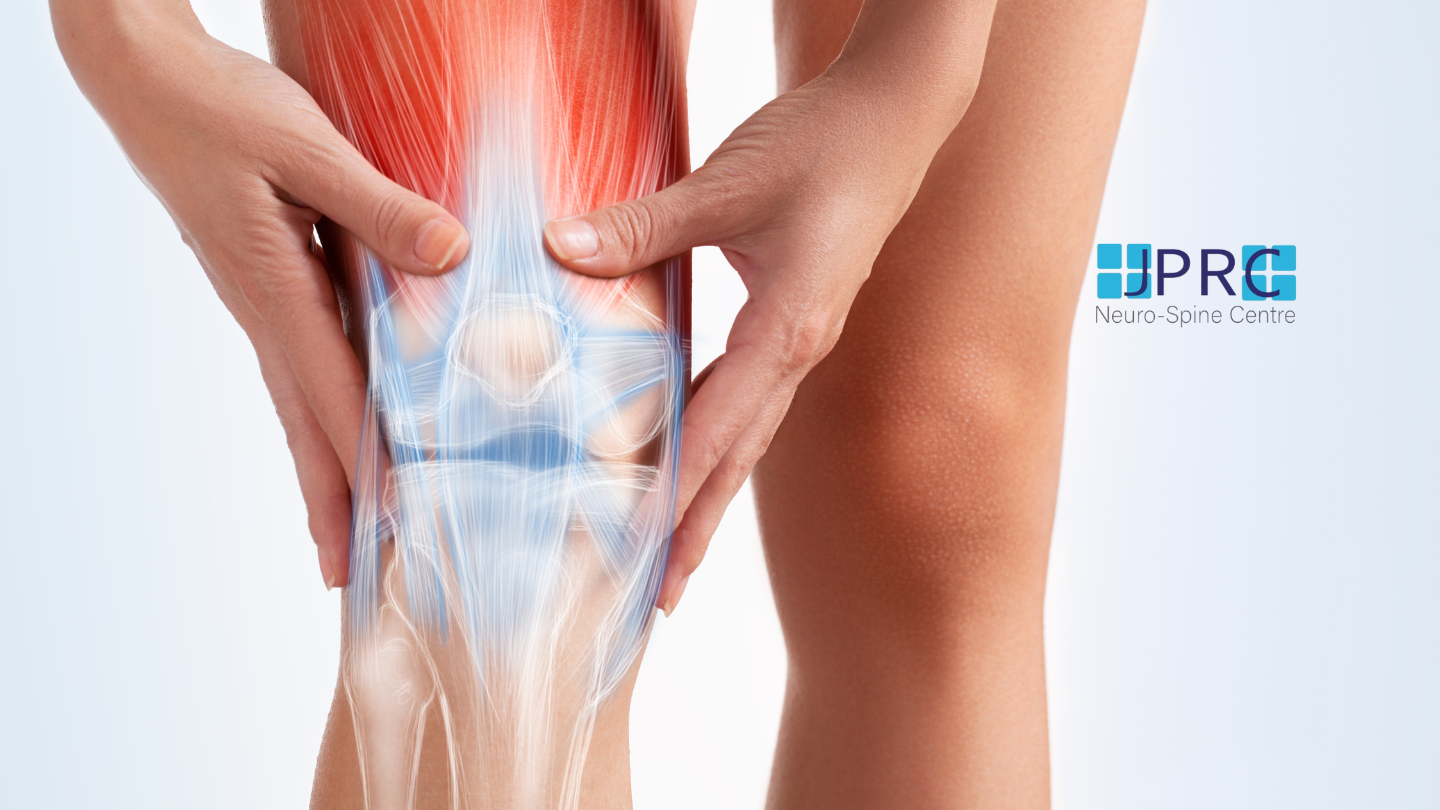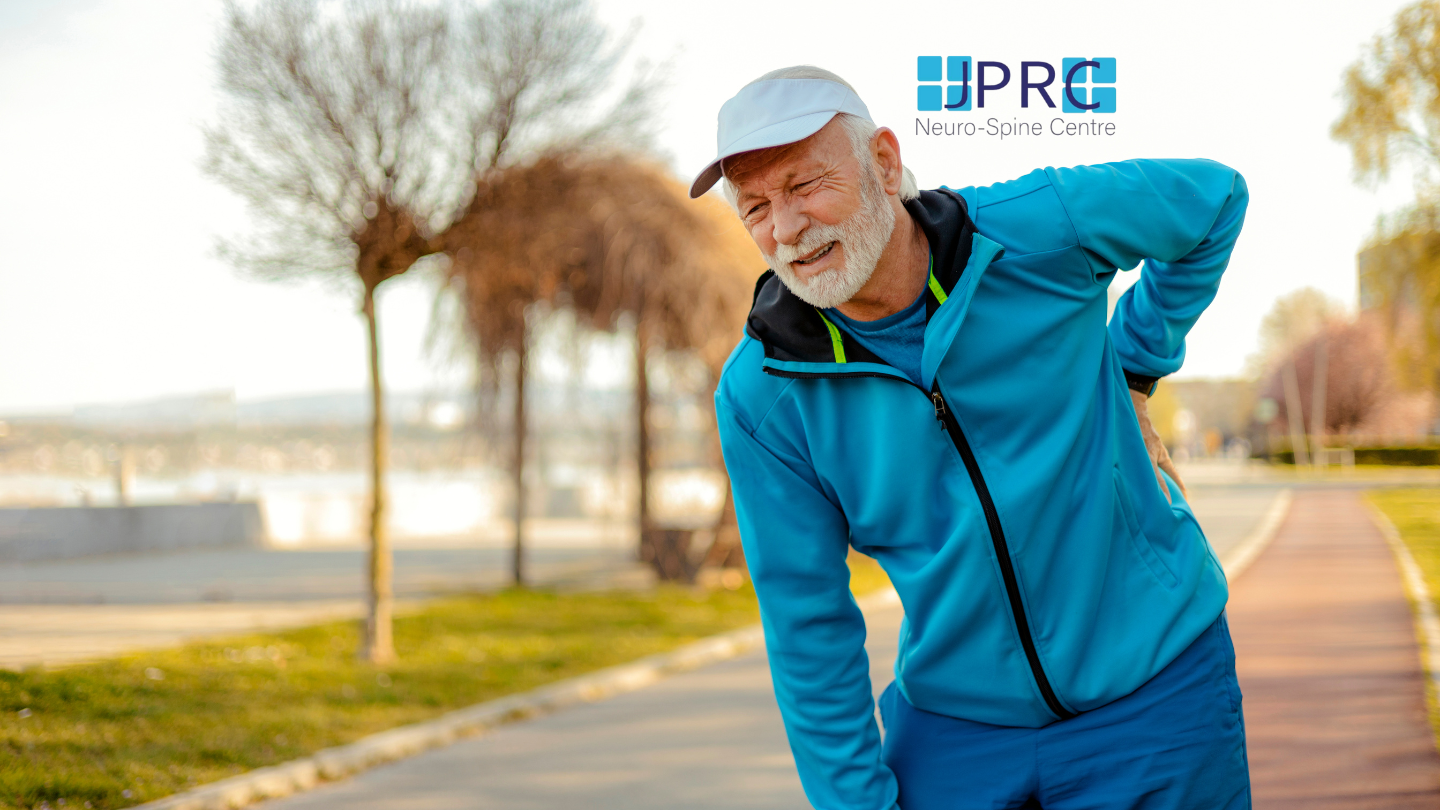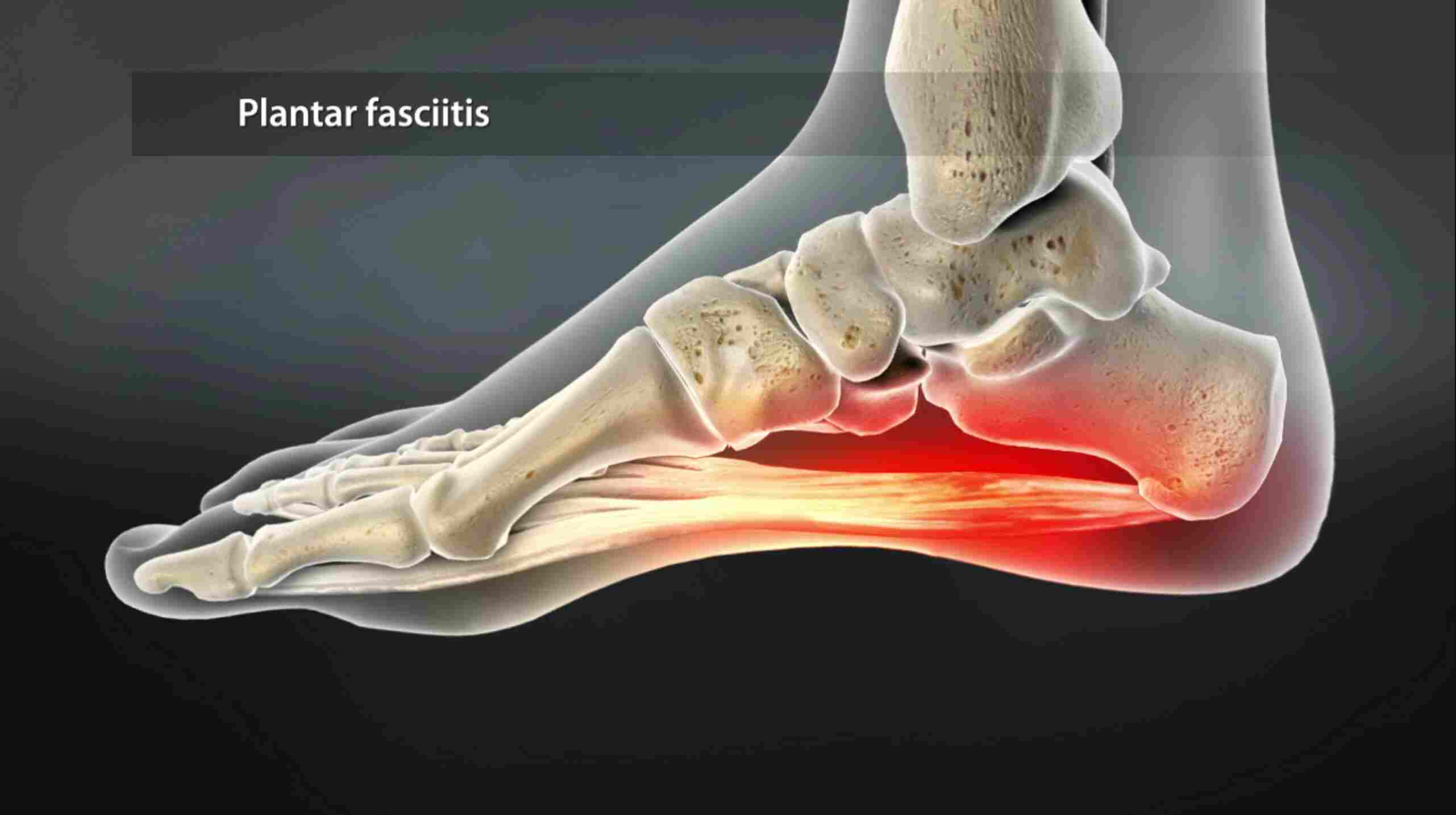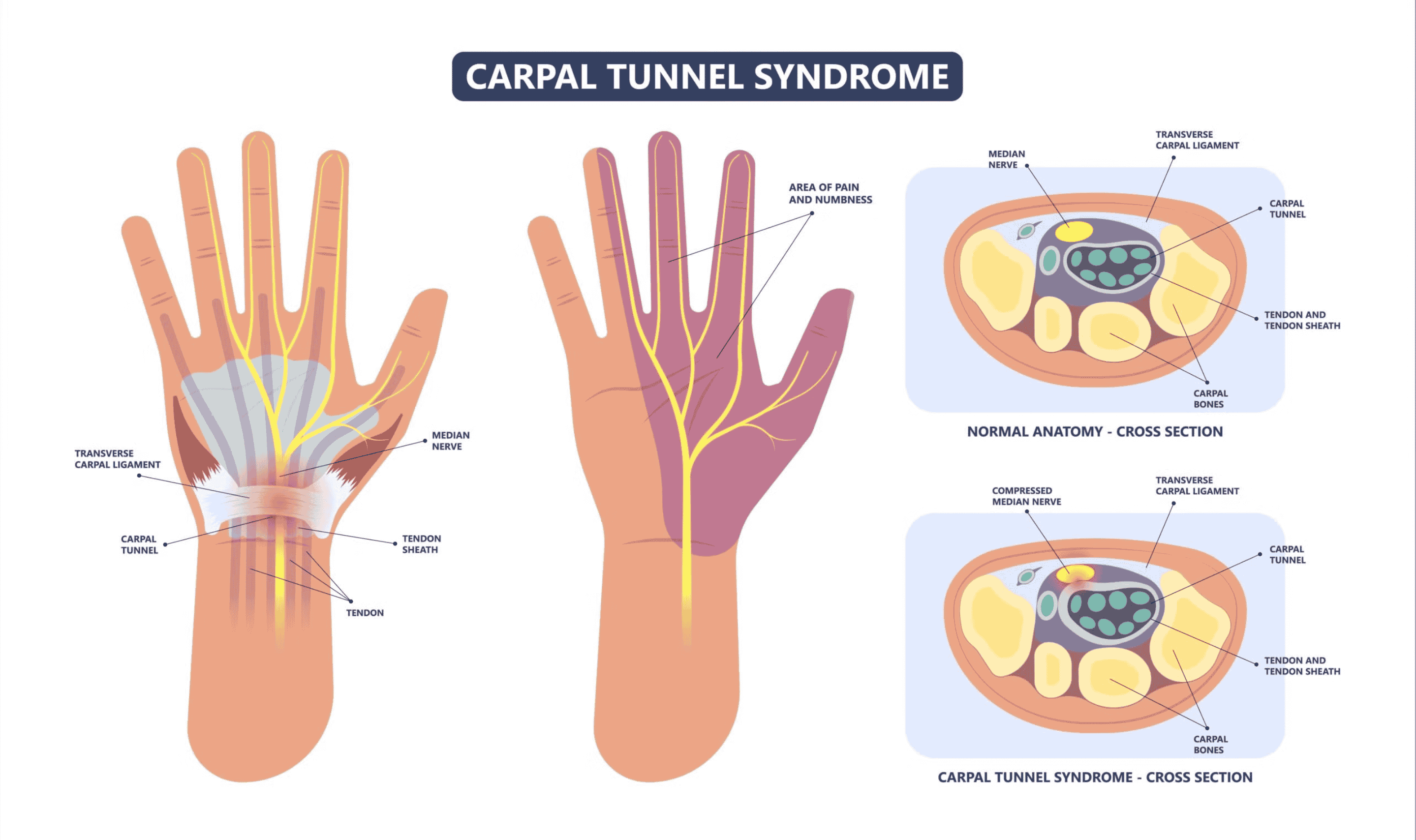5 Common Misconceptions About Pain Management In Jaipur
Pain is something everyone has to deal with, and it may have an adverse impact on one's quality of life due to its complexity and individuality. Pain, whether acute, chronic, physical, or emotional, must be managed to reduce suffering and improve well-being. This detailed exploration of pain management will cover understanding, assessing, and treating pain to provide people with the information to navigate the often difficult route to relief.
Understanding Pain
The Complexity of Pain
Pain is multidimensional, involving physiological, psychological, and social components. To handle pain, you must understand its complexity. Acute pain is generally a warning sign, but chronic pain can remain after an injury or disease, necessitating a different response.
Types of Pain
Nociceptive Pain
Inflammation or tissue damage causes nociceptive pain. Depending on the affected area, this type of pain may be somatic or visceral.
Neuropathic Pain
Nervous system impairment causes neuropathic pain. It can be difficult to treat and feels like shooting or burning.
Psychological Pain
Psychogenic pain, on the other hand, is associated with mental states rather than actual tissue damage.
Effective pain management begins with understanding pain types and characteristics
Assessing Pain
Importance of Pain Assessment
Effective pain management requires an accurate pain evaluation. People feel and express pain differently. Pain intensity is measured by healthcare practitioners using self-report measures.
Assessing fully
To analyze pain holistically, one must consider physical, emotional, social, and cultural components. Healthcare experts use this detailed examination to evaluate the patient's discomfort and create a customized treatment strategy.
Treating Pain
-
Pharmacological Methods
Over-the-Counter (OTC) Medications: Acetaminophen and other nonprescription painkillers are used for mild-to-moderate pain.
Prescription Drugs: For severe pain, opioid and non-opioid medicines may be prescribed. Pain alleviation must be balanced with adverse effects and dependence.
-
Non-pharmacological methods
Physical Therapy: Chronic and acute pain management require physical therapy. Stretching, manual therapy, and exercises improve mobility and reduce discomfort.
CBT (Cognitive-Behavioral Therapy): CBT helps pain sufferers learn coping techniques and change unwanted cognitive patterns.
Debunking common Pain Management Myths
Many people seek physical therapy to relieve pain. Essential daily activities may become inaccessible due to pain. Work, entertainment, sports, sleep, and more are examples. We at Painguru are the best physicians of pain management in Jaipur, and we aim to help patients manage or eliminate pain as physical therapists. During recovery, people often misunderstand pain. Misconceptions prevent people from returning to key life activities. The five biggest pain myths will be discussed to clear up confusion.
-
When I move and feel pain, it's a sign that I'm hurting something.
Acute or chronic pain causes mobility apprehension. Movement may cause discomfort and tissue injury. True in some circumstances, like catastrophic injuries, but not all. The first sign of tissue injury is pain. The healing process begins with this first reaction. Movement may send brain pain signals even after healing. With chronic pain, this is especially true. Recall that "pain does not always equal harm." It's important to keep moving despite pain.
-
My back, knee, hip, or (insert body part) is in pain from arthritis.
MRI and X-ray patients demonstrate this thinking. A lumbar spine X-ray may show osteoarthritis and degenerative disc degeneration. This makes people think the image is causing their discomfort. But research has proven that this is not the case. Research has examined lumbar spine imaging in a specific demographic. All of these people have osteoarthritis or degenerative changes in that location. Some people felt agony, while others did not. These data indicate that pain may be related to a person's nutrition, sleeping patterns, exercise level, stress, etc. rather than imaging results. Because of this, imaging should be seen as a diagnostic tool.
-
“No pain, no gain.”
This mantra is ingrained in our culture to push us through difficult times, especially in fitness. This is not always true in rehabilitation. Muscle discomfort after physical therapy is normal and good. During exercise, acute pain and muscular soreness rarely lead to rehab benefits. Most often, this is due to incorrect exercise technique, too much resistance, or too many repetitions. If an exercise causes pain, it must be changed in rehab.
-
As long as I am in pain, I will be totally unable to do the things that I love or that I should be doing.
Believing this can hinder people from returning to their hobby. This could be due to a fear of harming tissue or re-injuring oneself. Pain during activities, especially later in rehab, does not indicate a tissue injury. Thus, as long as discomfort is manageable, one can pursue their interests. After rehabilitation, some people may have lower-intensity functional activity pain. Having the ability to take part in an activity of interest with little discomfort is vital.
-
Painkillers are my only treatment.
When patients experience pain, whether it is acute or chronic, a referring physician typically prescribes medication. Sometimes people think medication is treating the cause. Pain medicines temporarily lessen pain perception. Many people forget that musculoskeletal issues cause their discomfort. A professional physical therapist can help with therapeutic exercise and manual therapy. According to the study, exercise and aerobic activities reduce pain perception. To properly treat pain, one must understand its etiology.
Having a clear, research-based picture of suffering helps individuals find solutions. After surgery, bones and soft tissues need time to mend; therefore, these "rules" may change. When dealing with pain from hobbies, visit Painguru; we have the most experienced physician in pain management in Jaipur. Avoiding these myths can help one recover faster and return to their favorite pastime.

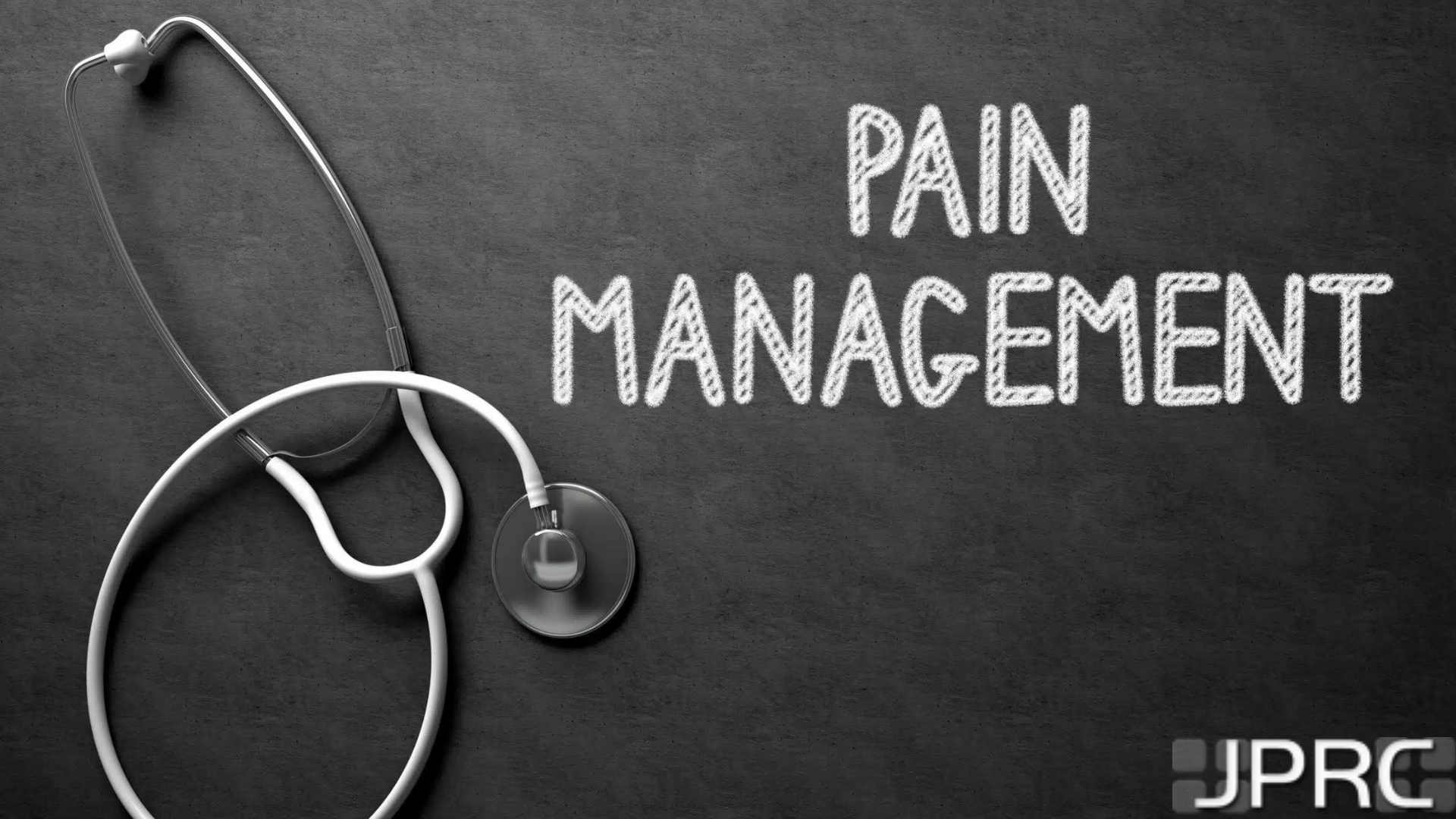








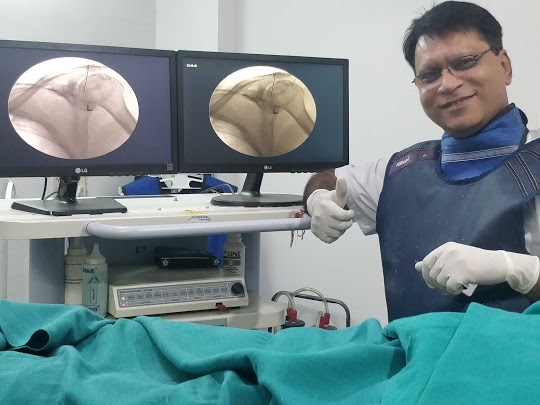



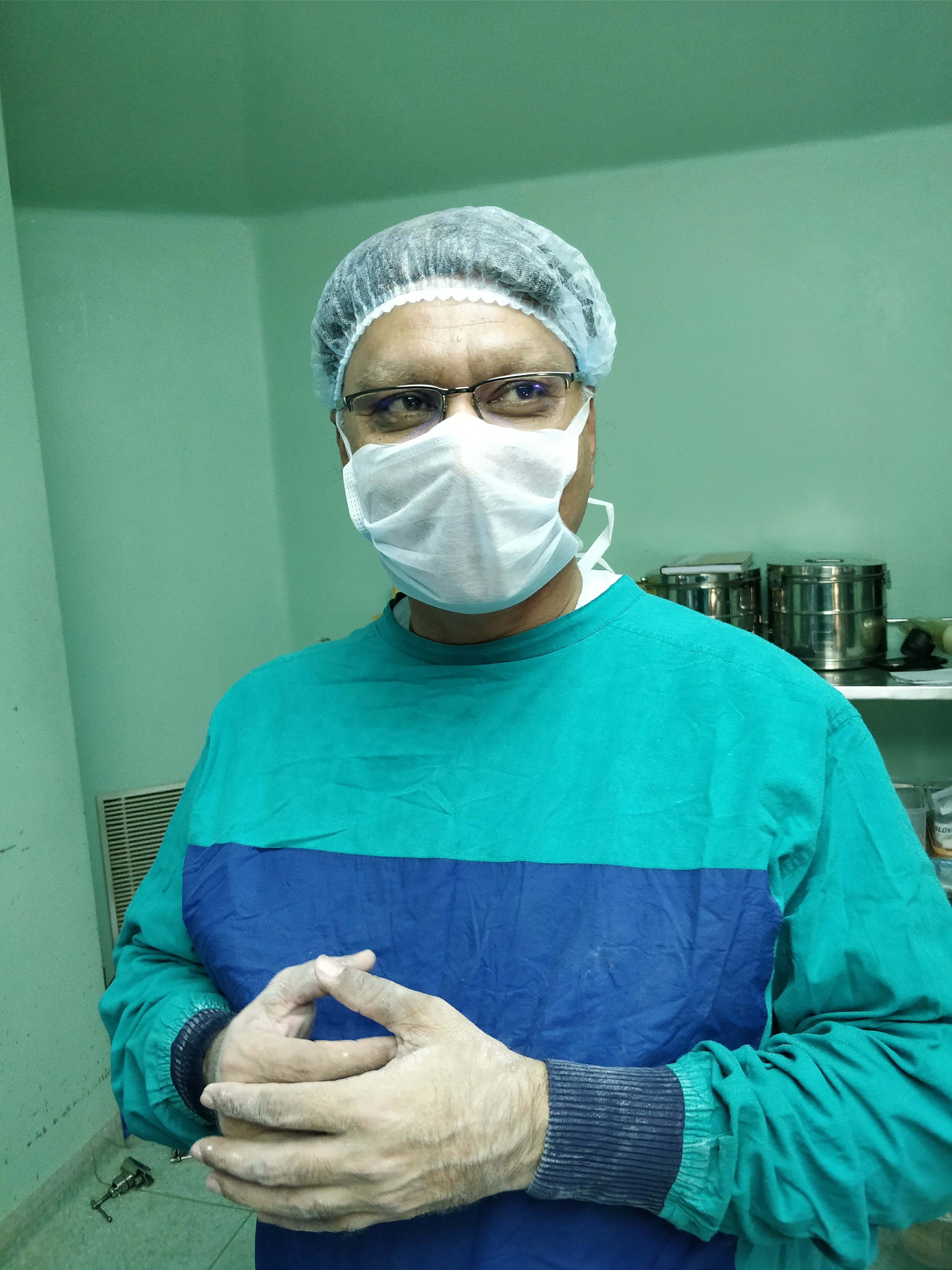
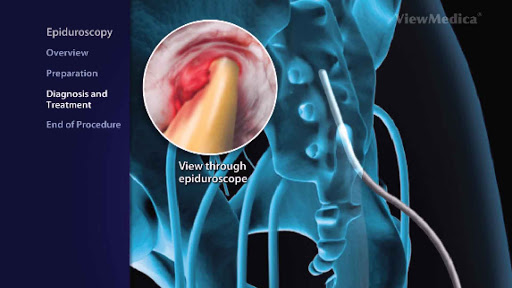

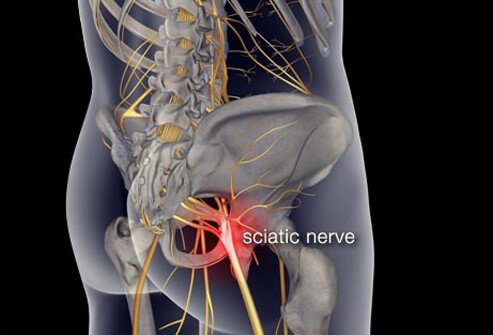

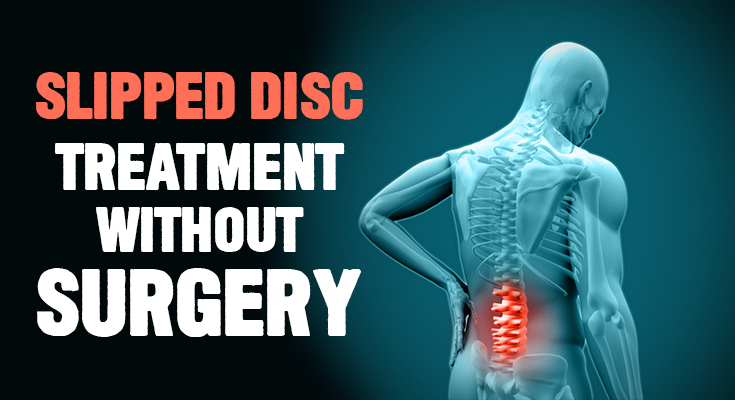

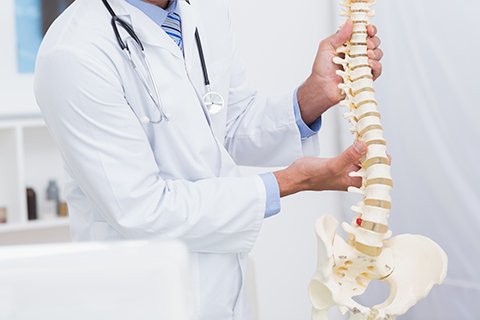


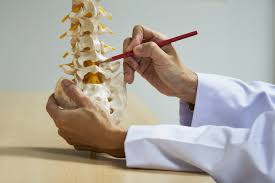
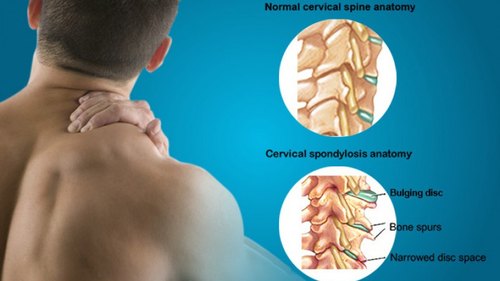
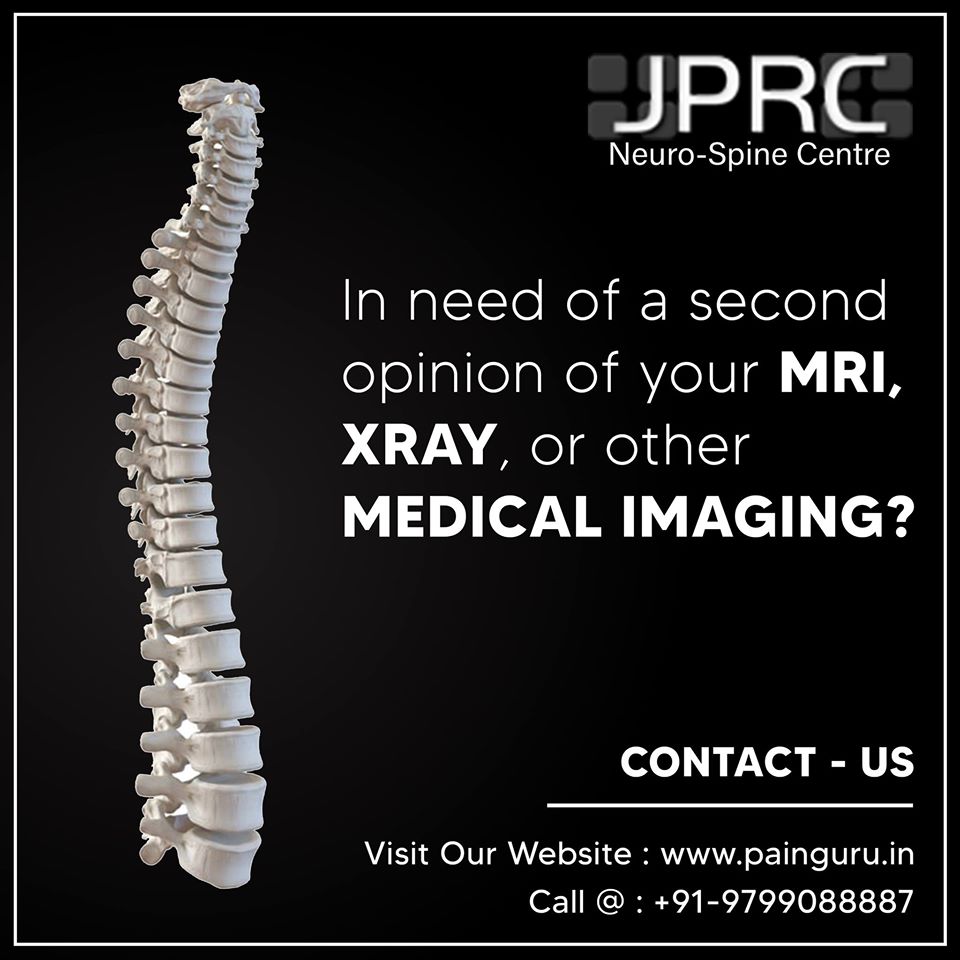




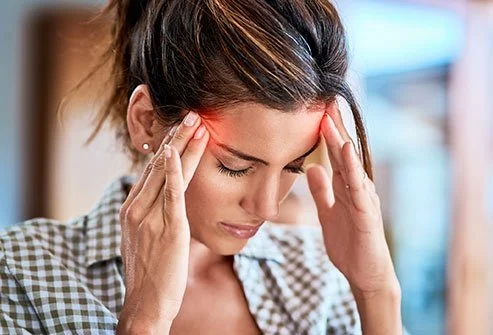

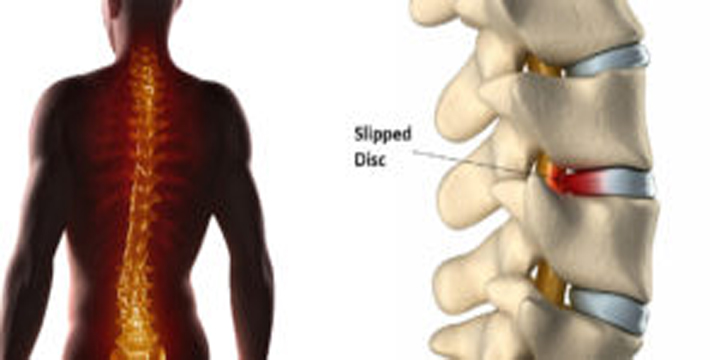
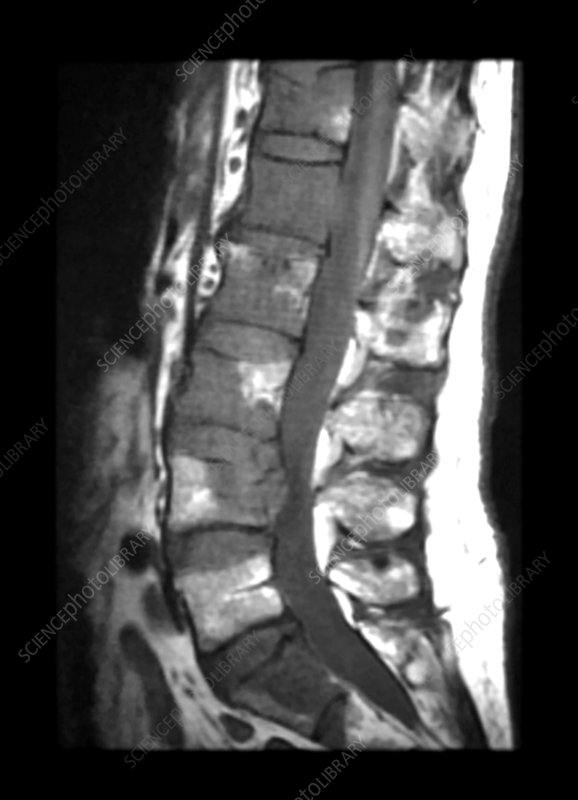




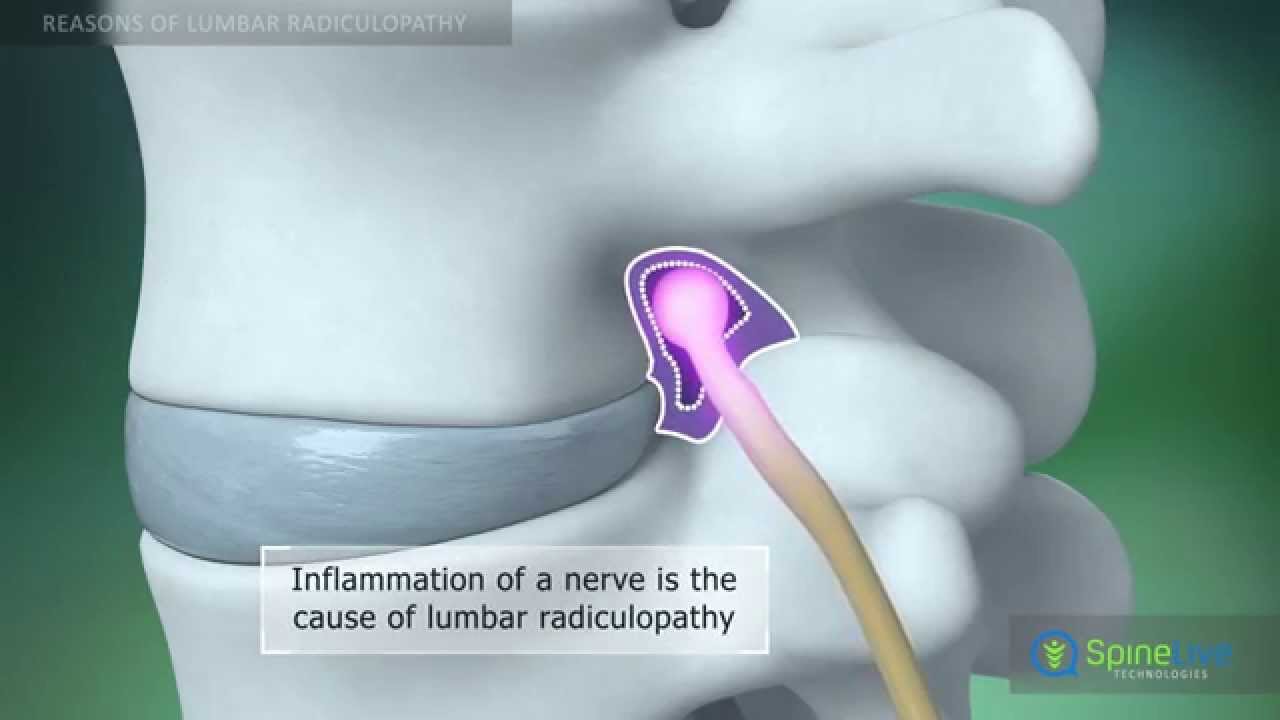
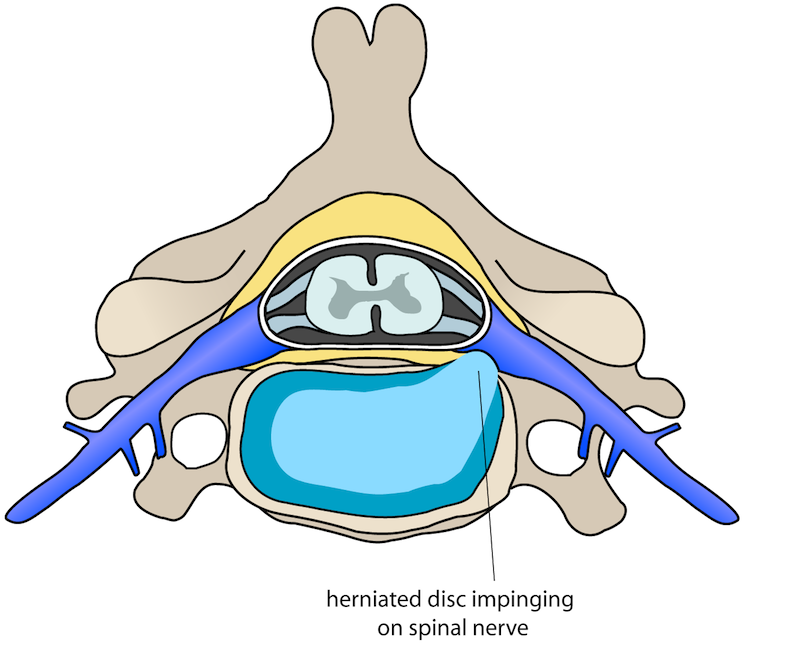
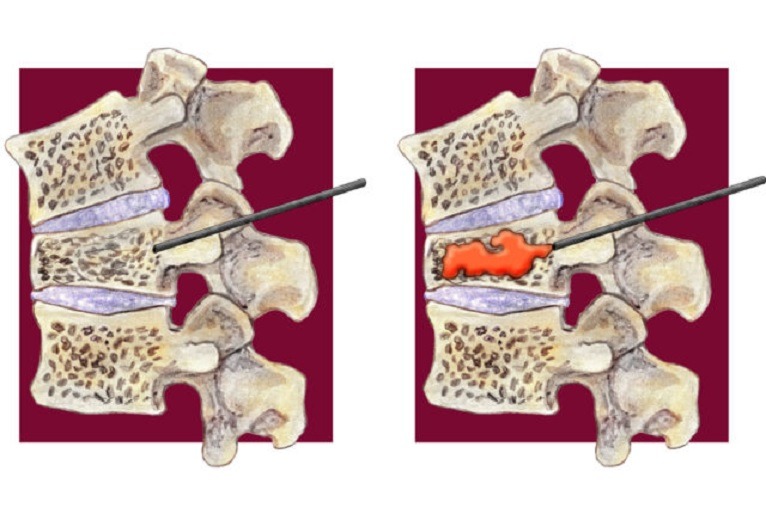







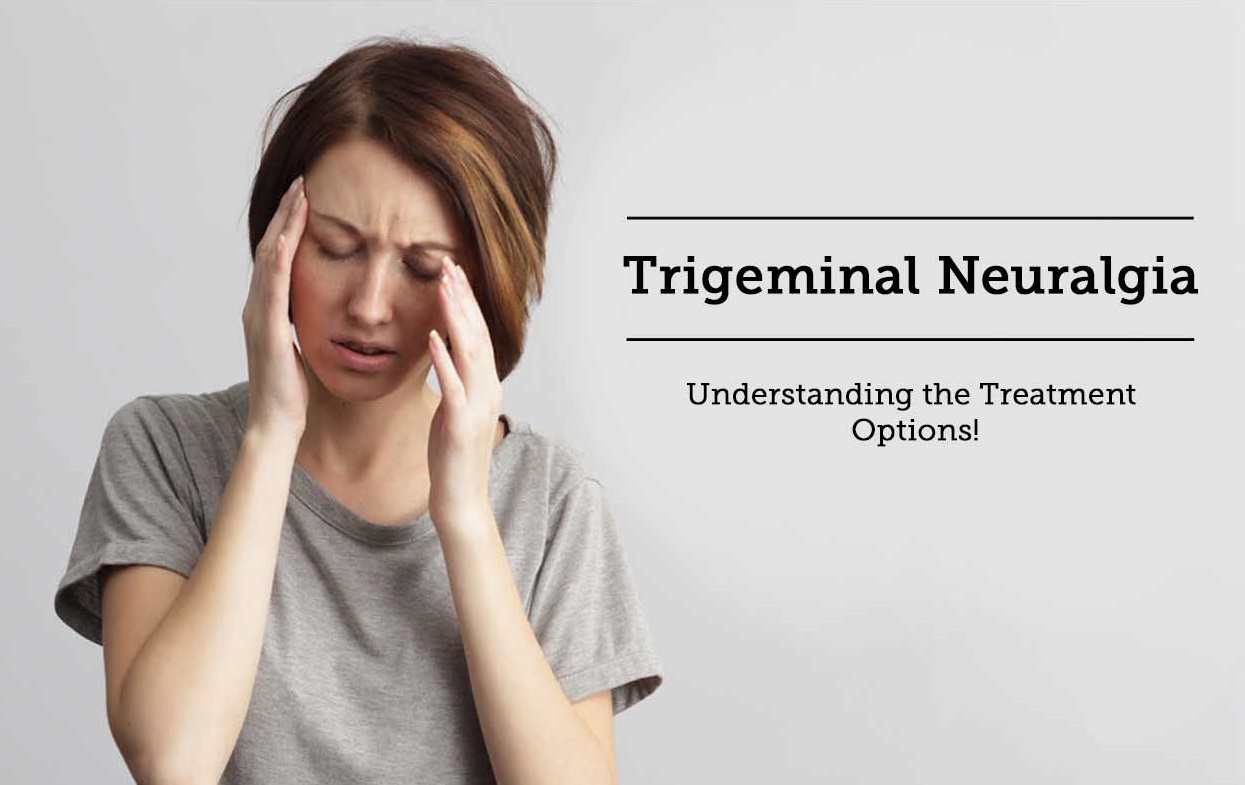



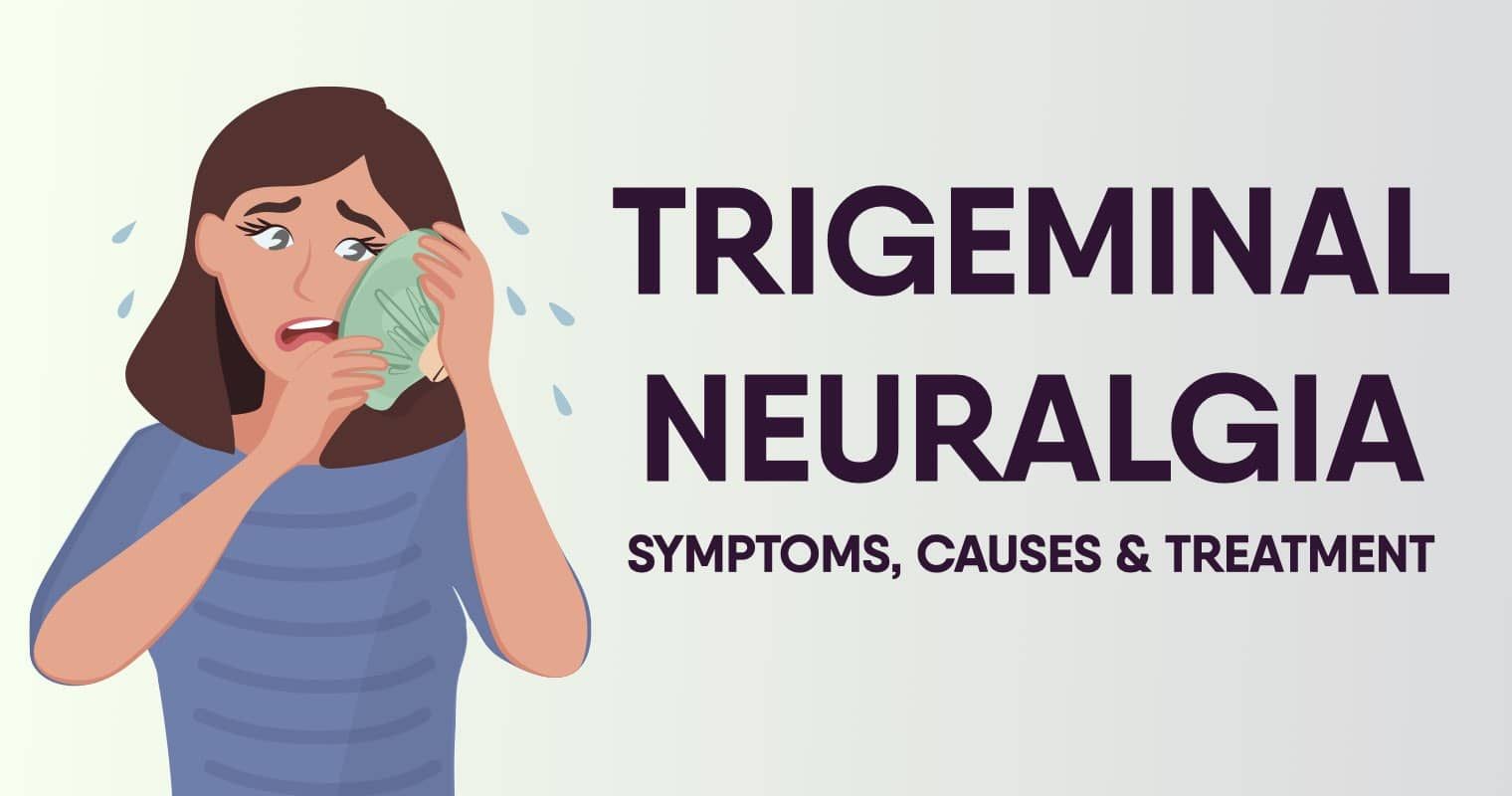
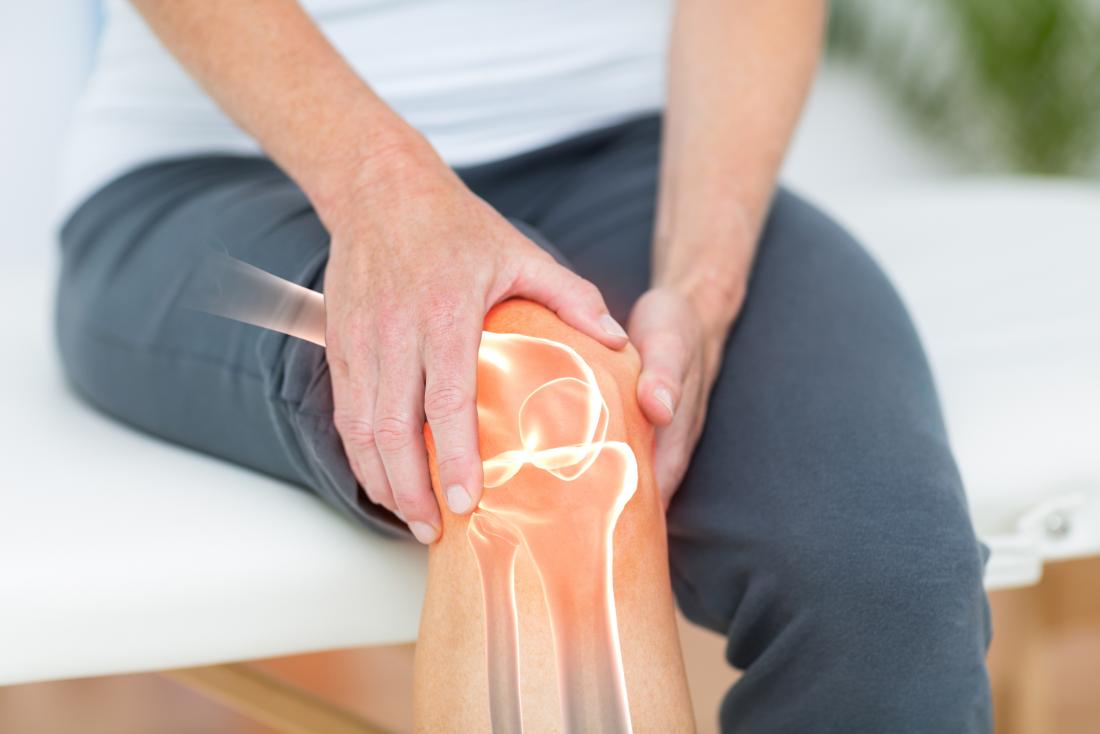
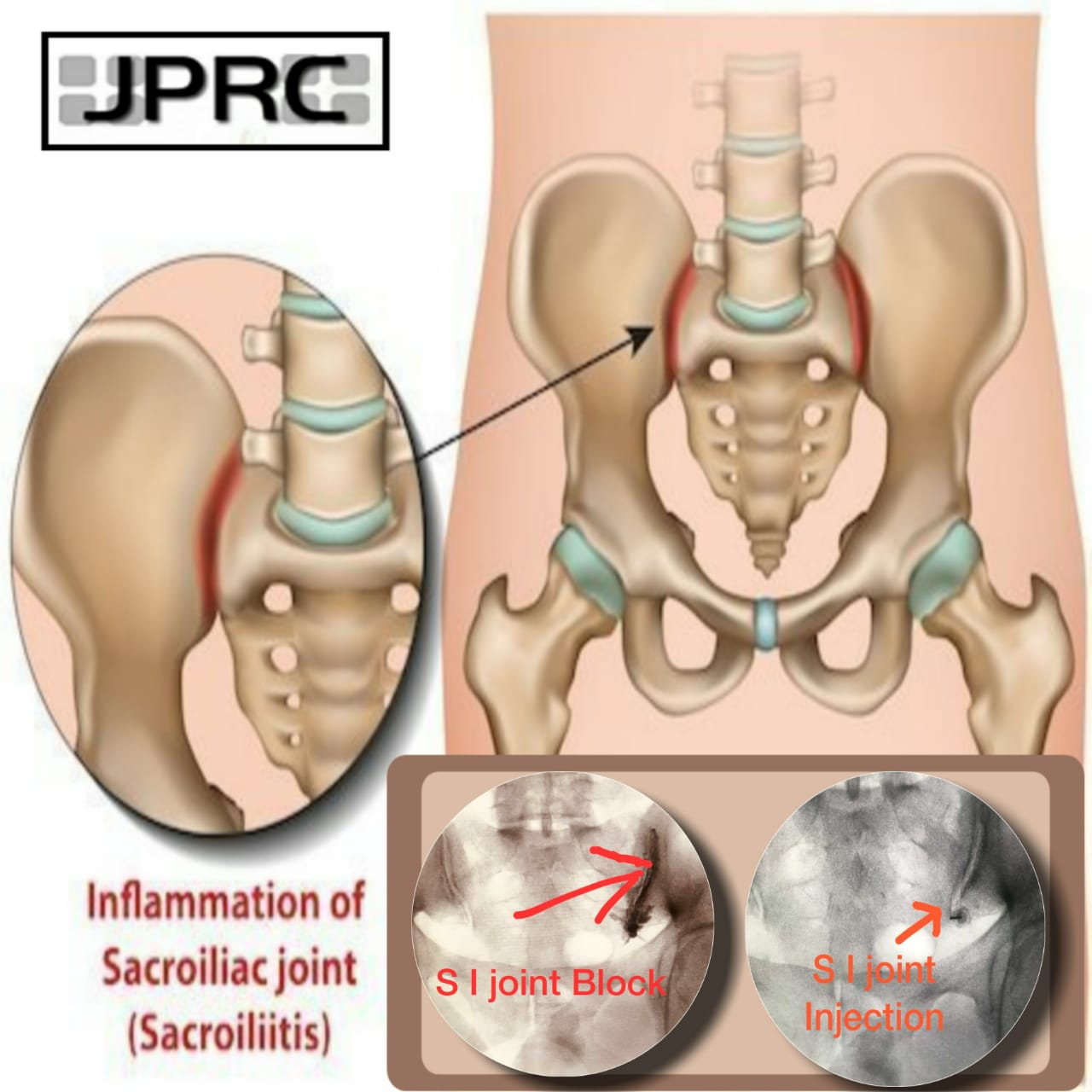
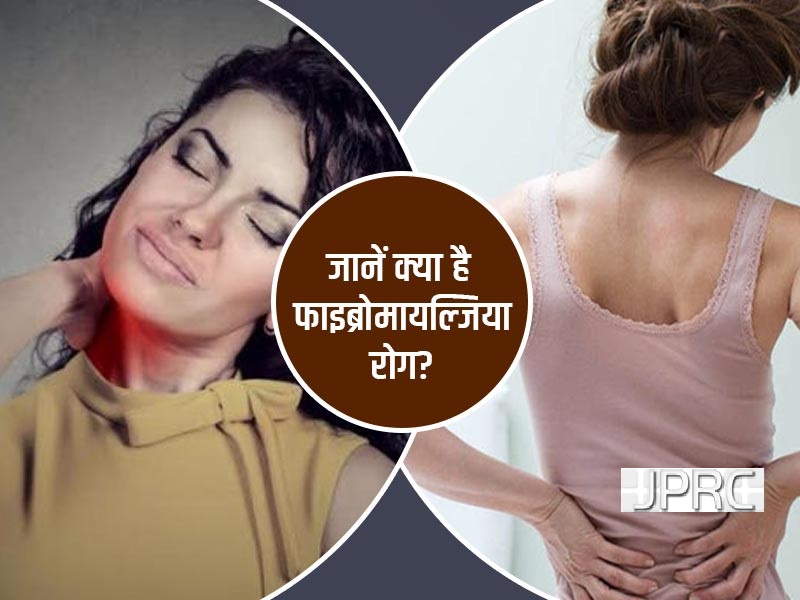

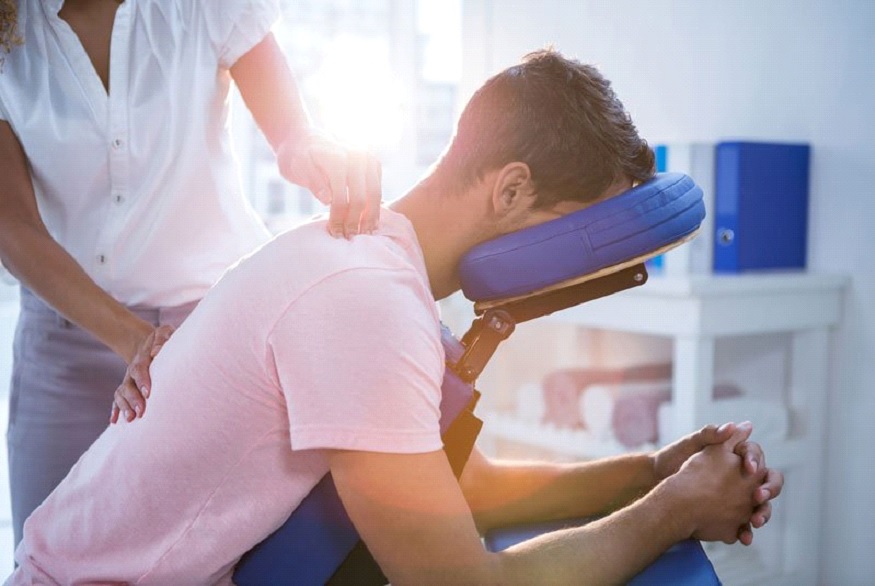


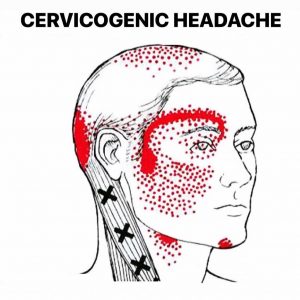




.jpg)



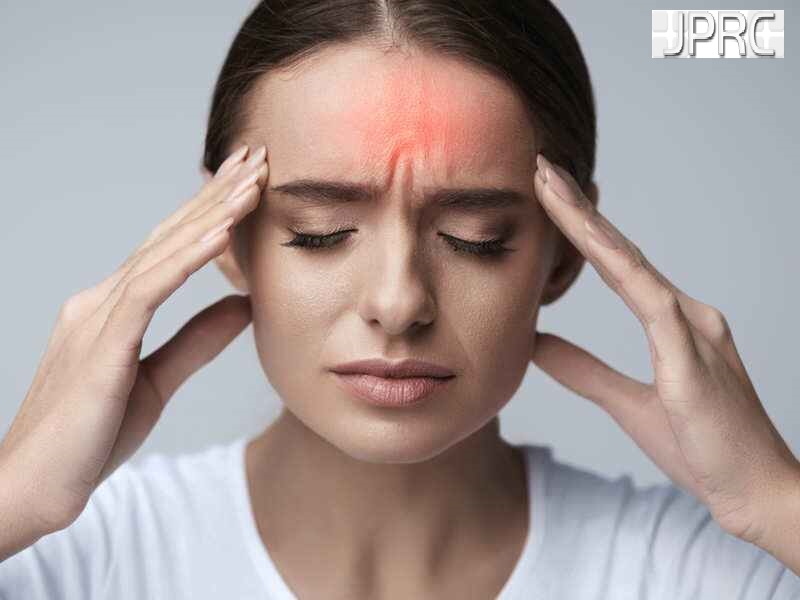
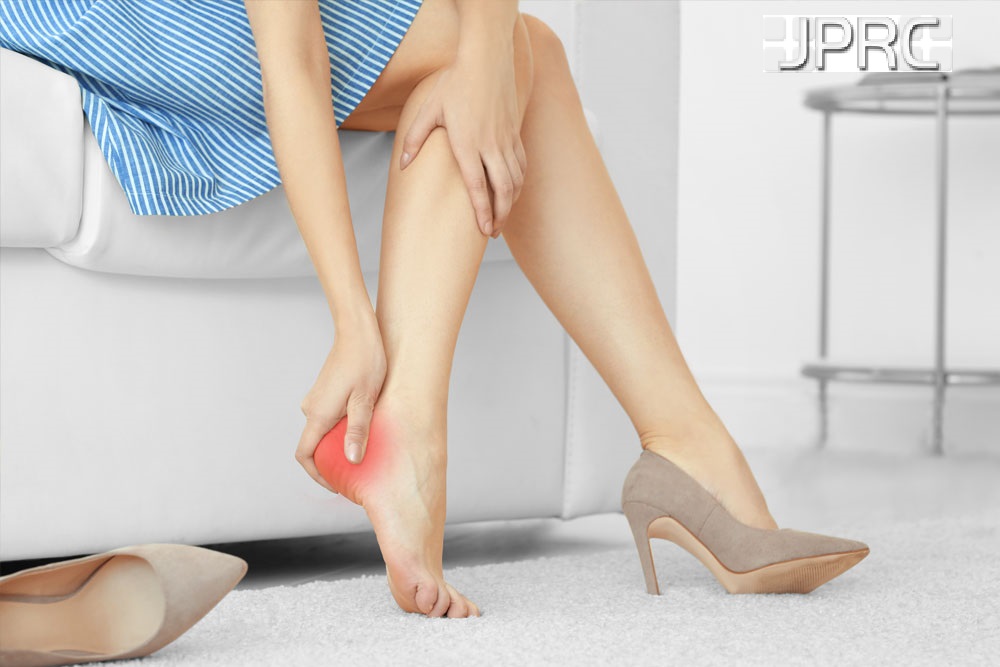

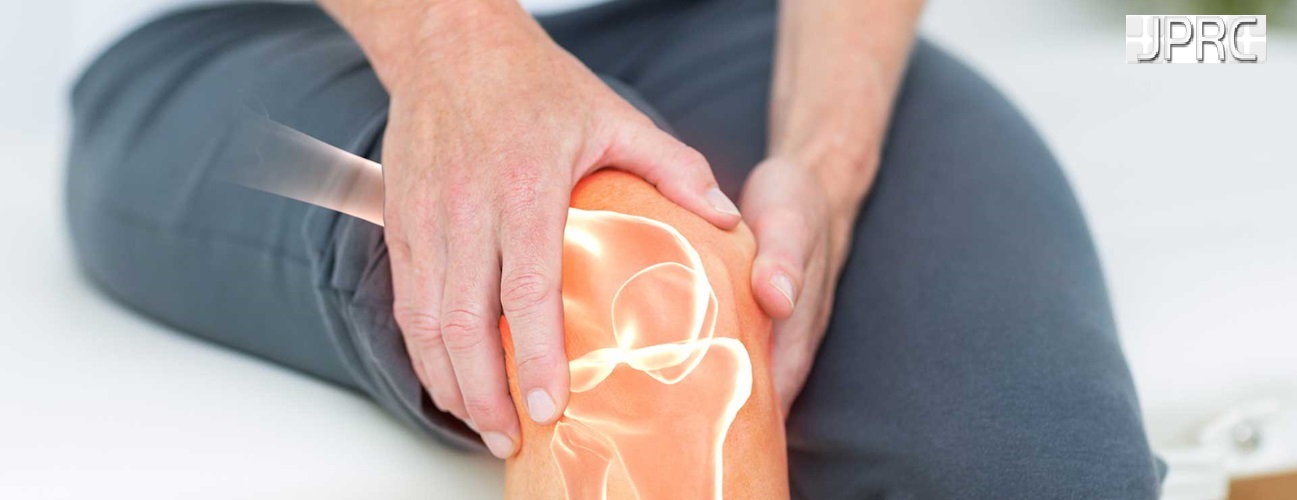

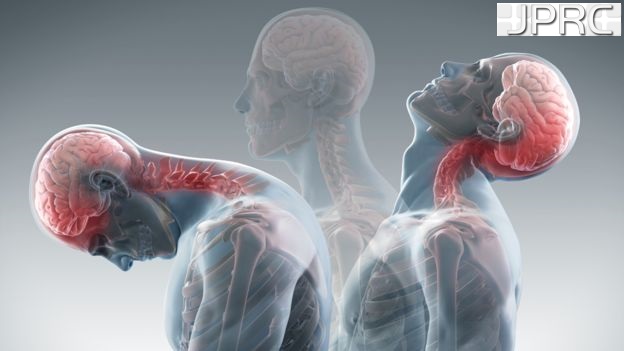


_Injection_Description_in_Hindi.jpg)
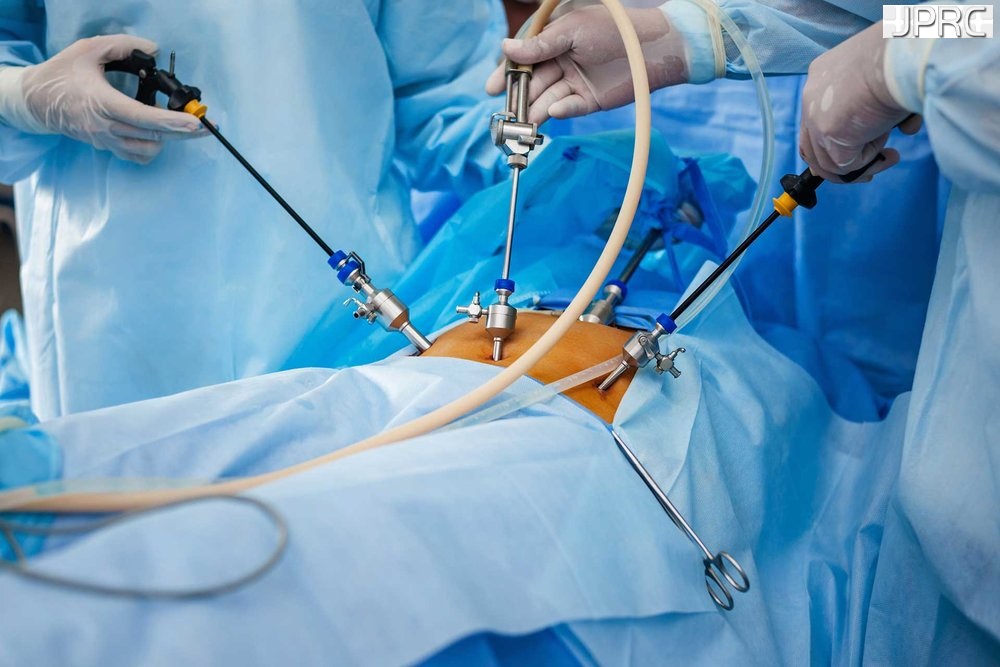

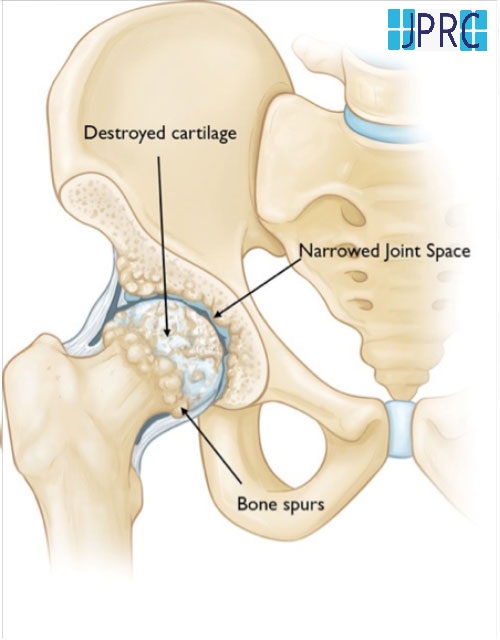



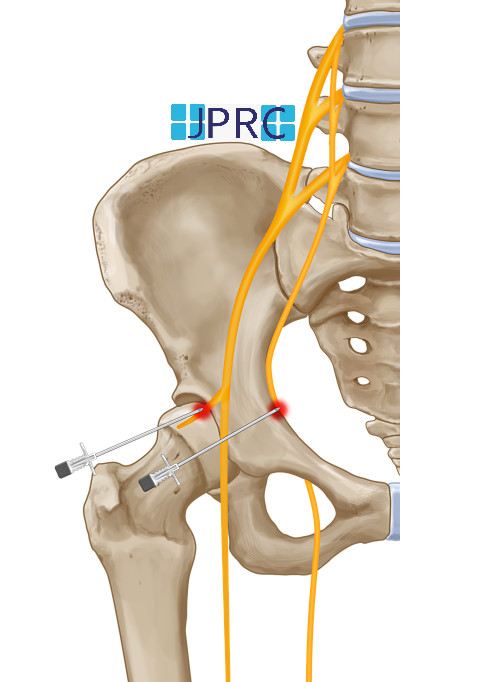


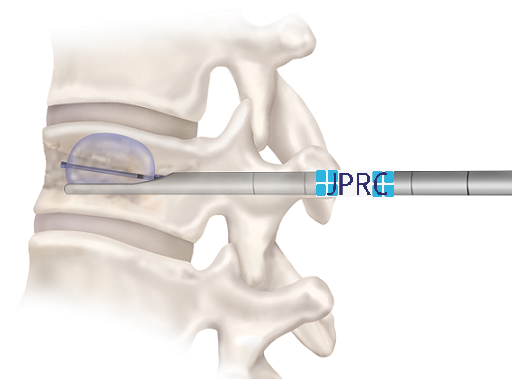

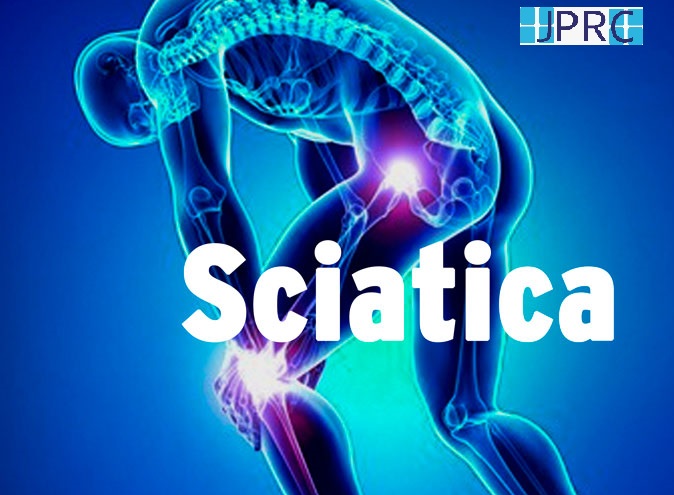



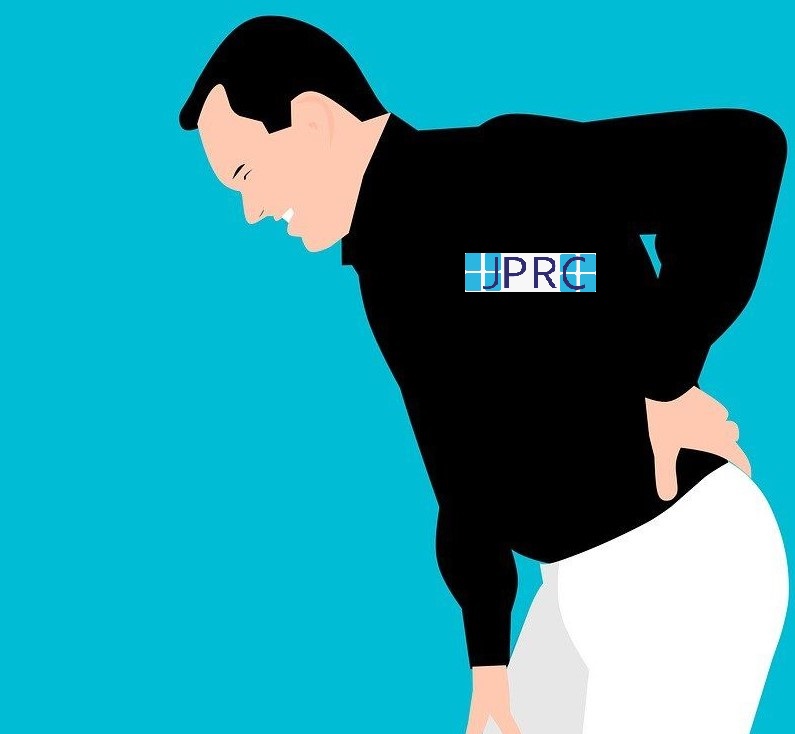
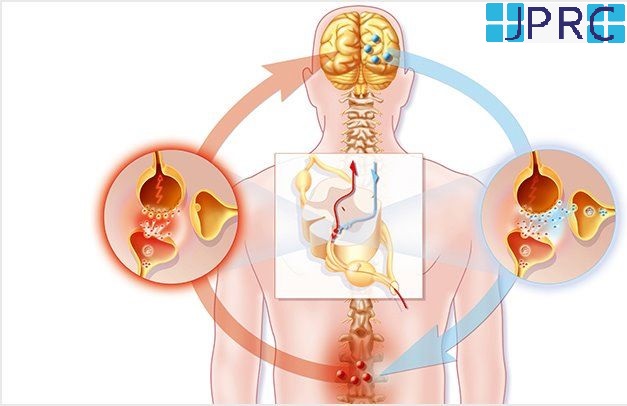

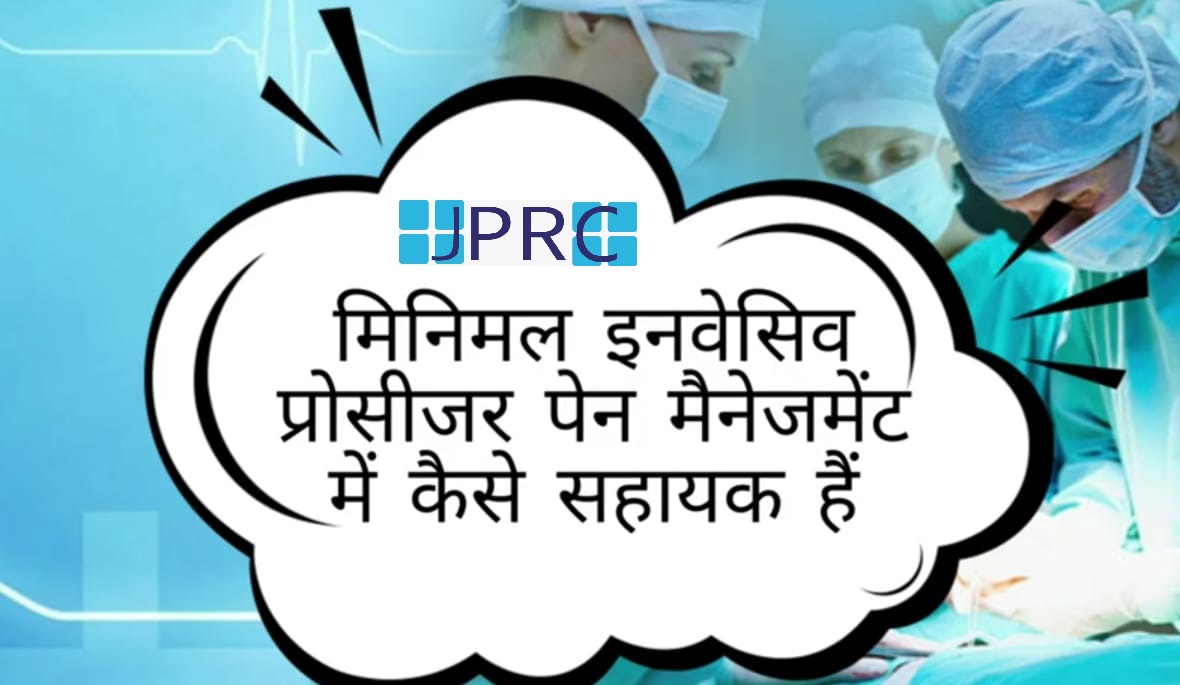
.jpg)
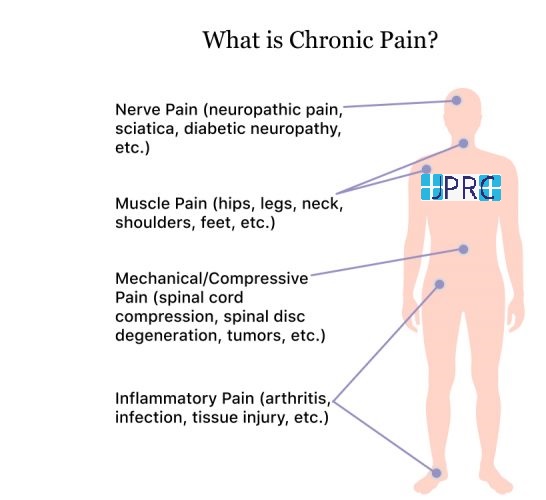


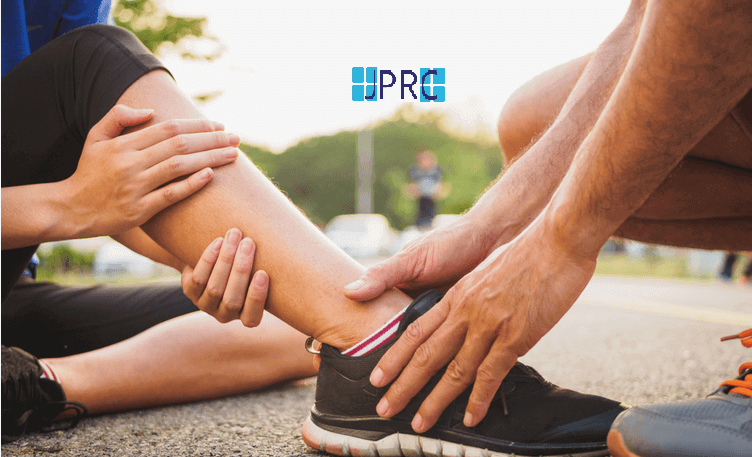
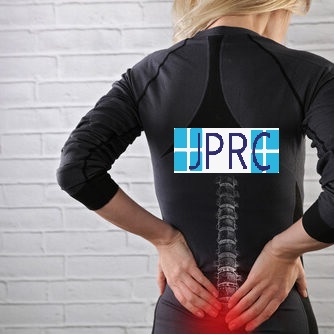


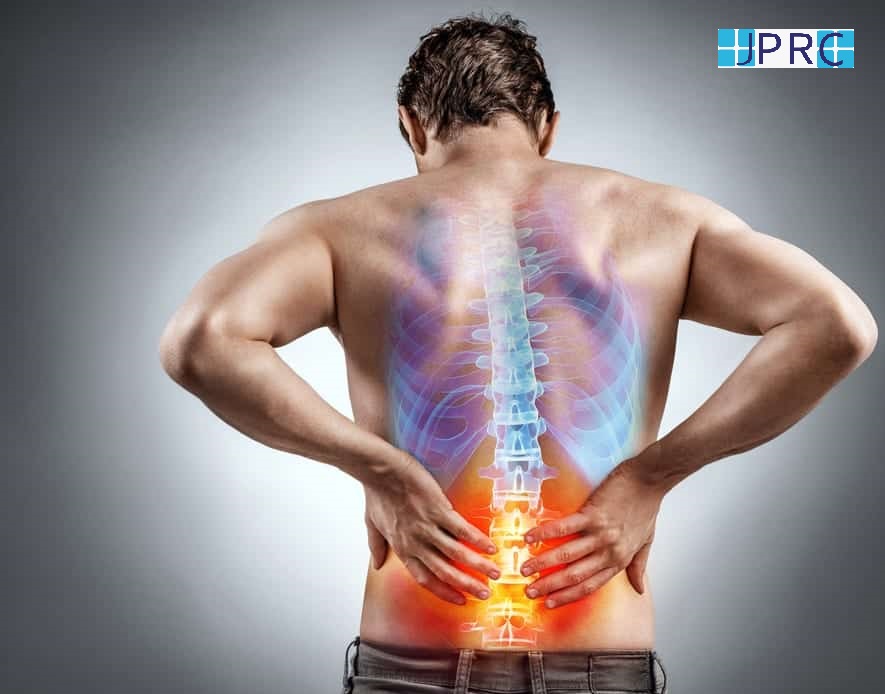
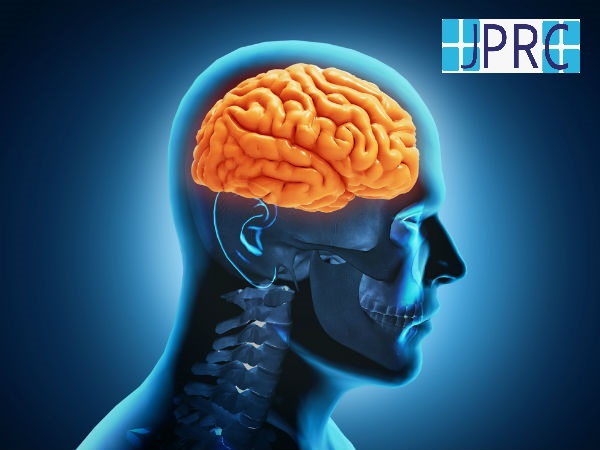
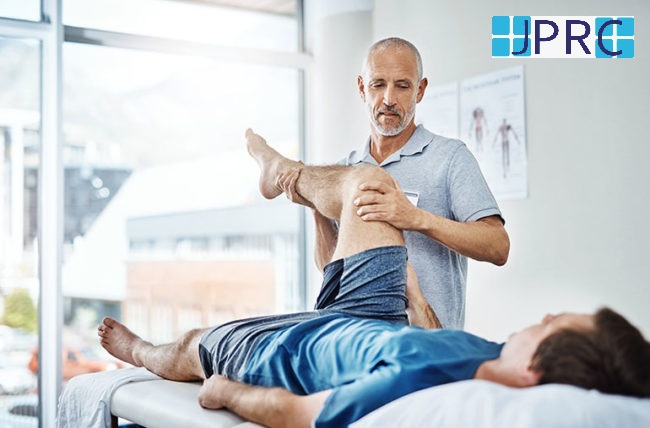
.jpg)




.jpg)
.jpg)
.jpg)


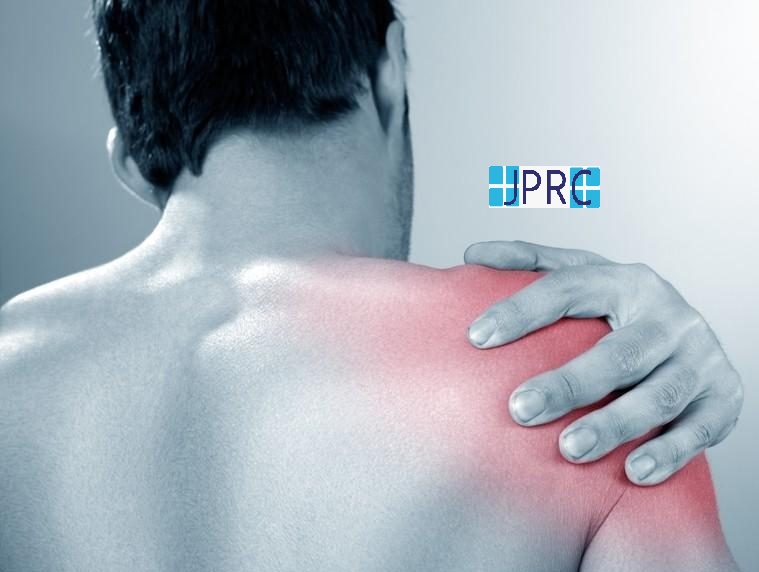
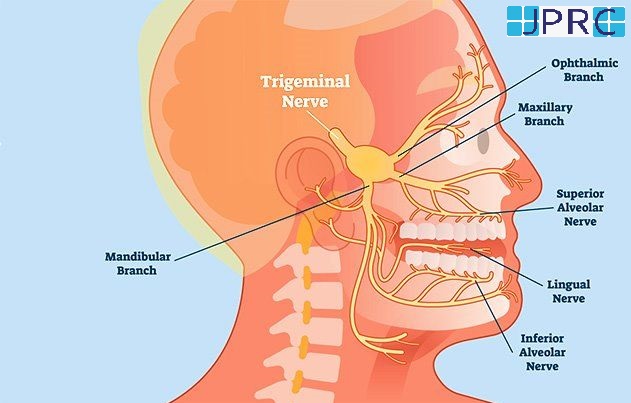

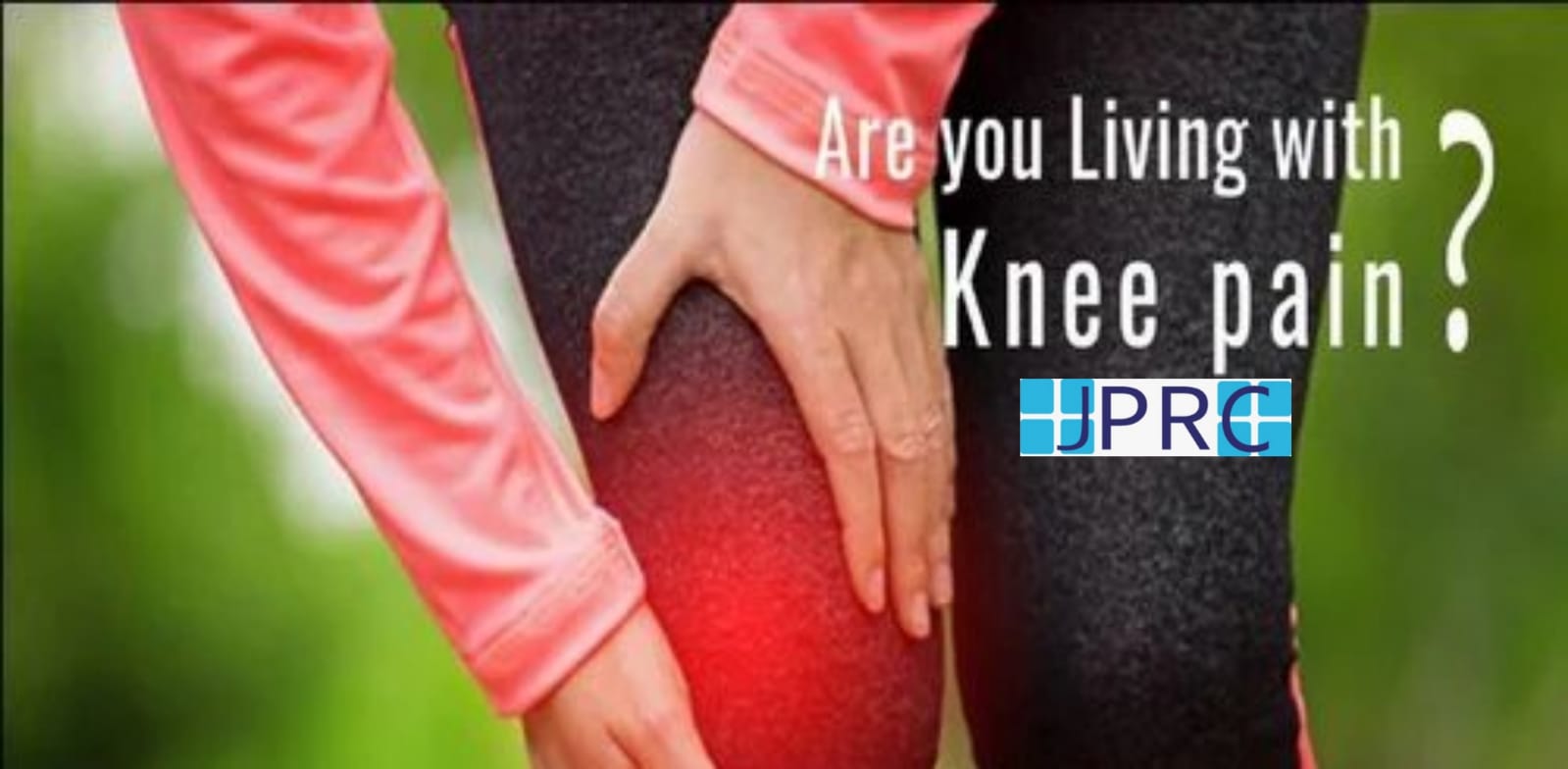

.jpg)
.jpg)
.jpg)
.jpg)
.jpg)
.jpg)
.jpg)
.jpg)
.jpg)
.jpg)
.jpg)
.jpg)
.jpg)
.jpg)
.jpg)
.jpg)
.jpg)
.jpg)
.jpg)
.jpg)
.jpg)
.jpg)
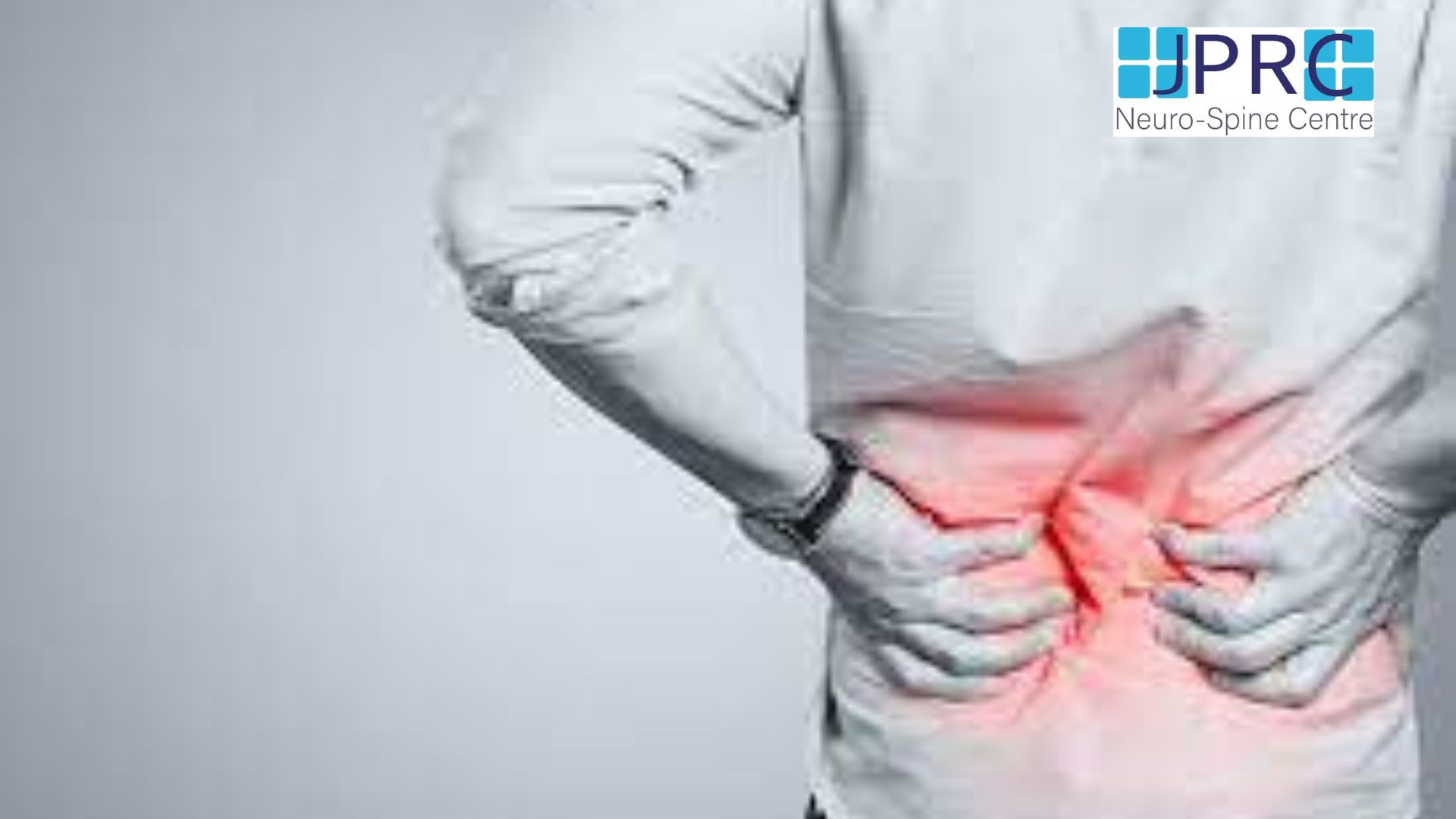



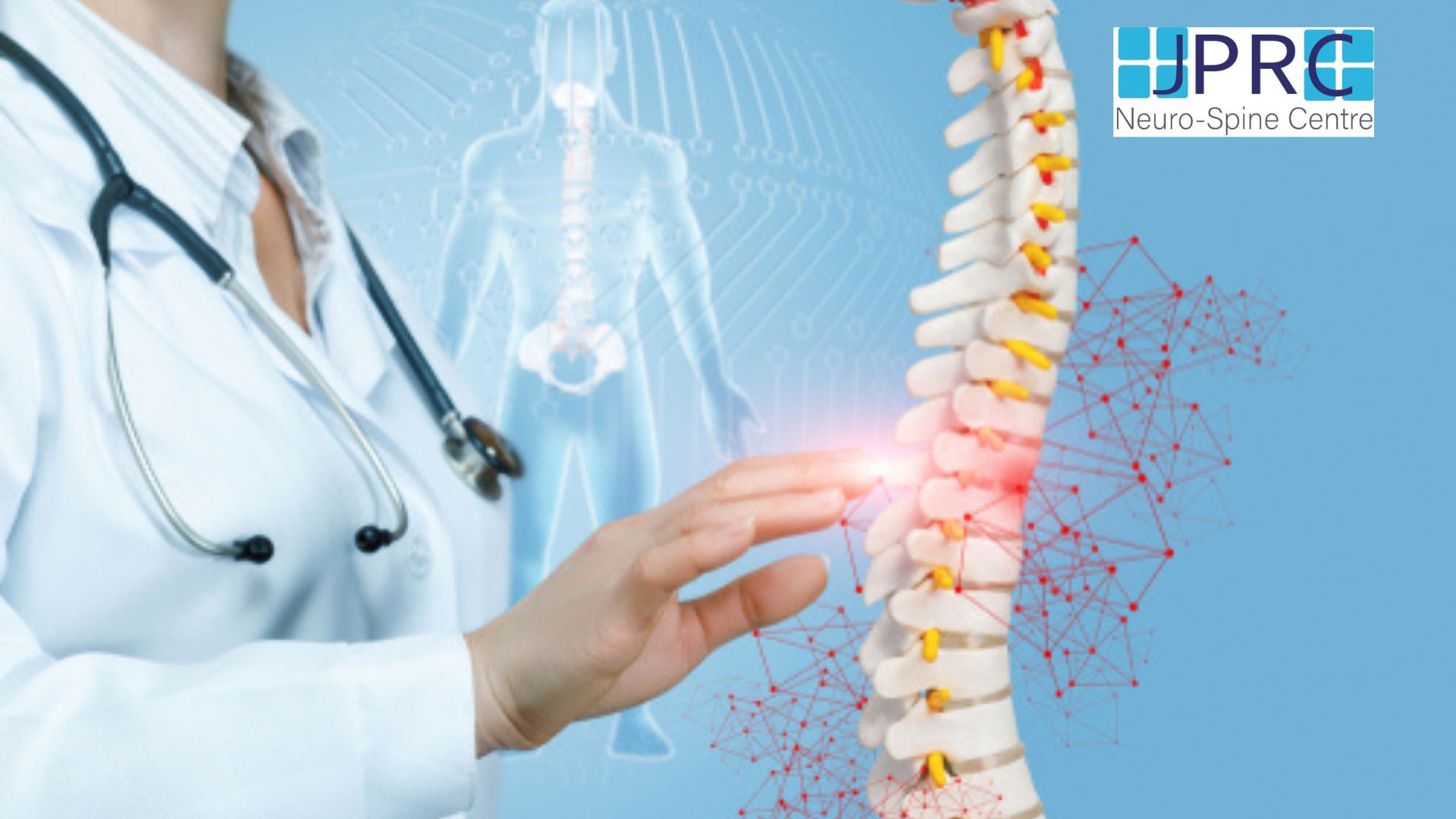

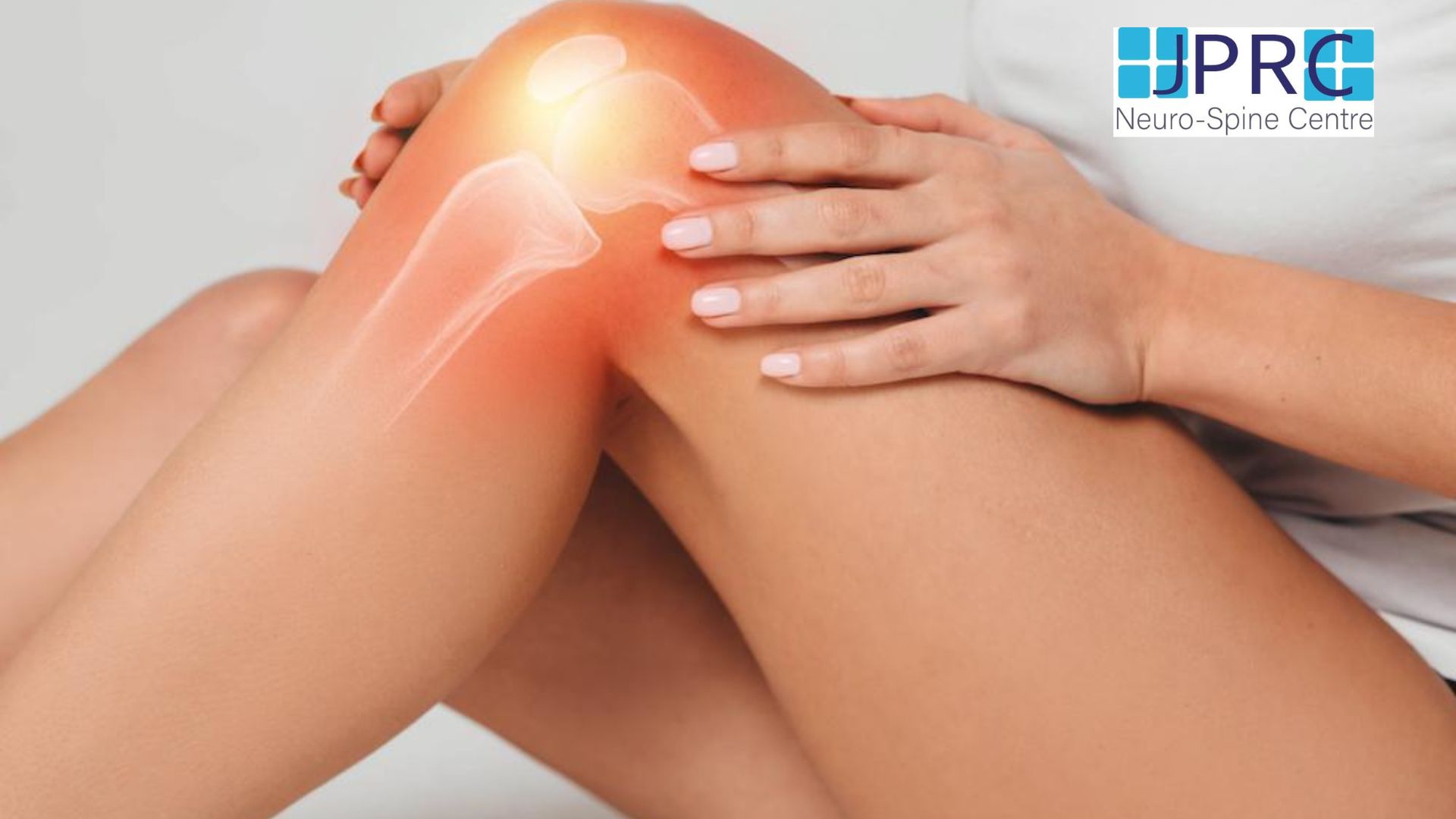

1.jpg)
1.jpg)
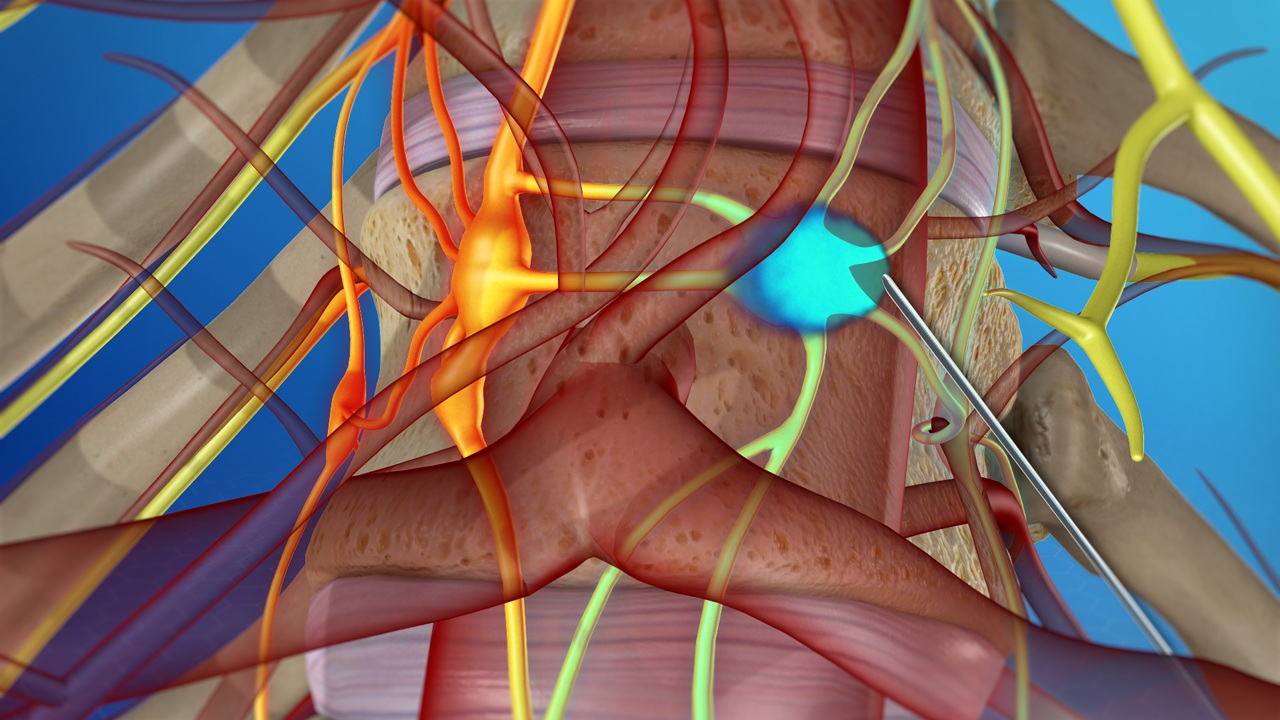
1.jpg)
1.jpg)
1.jpg)
1.jpg)
1.jpg)




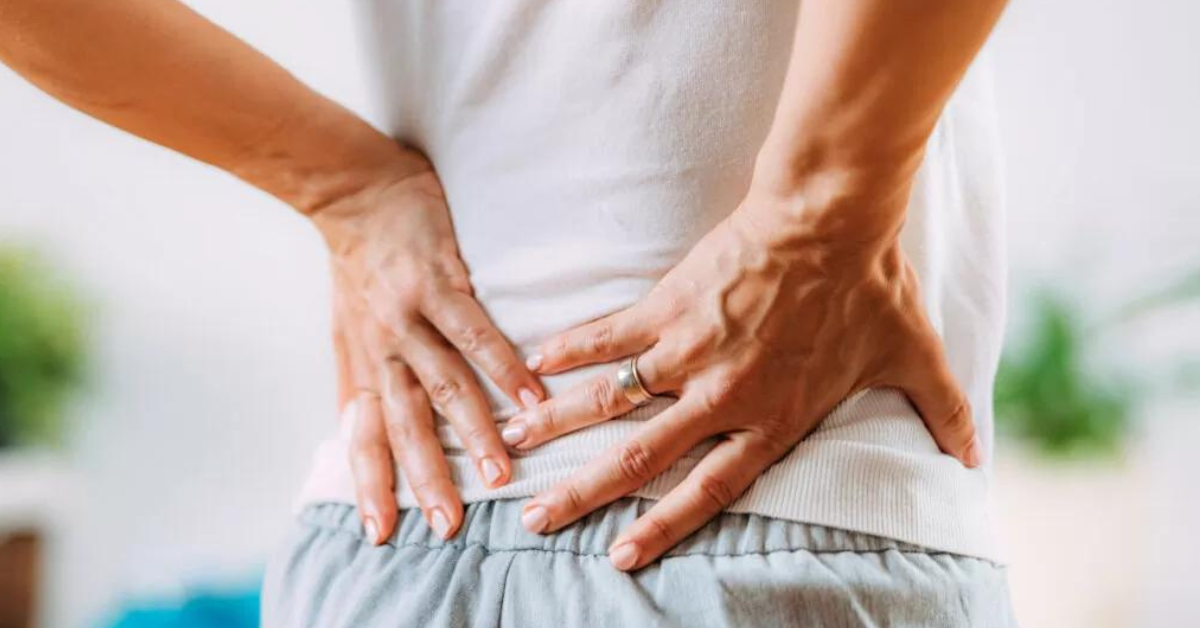

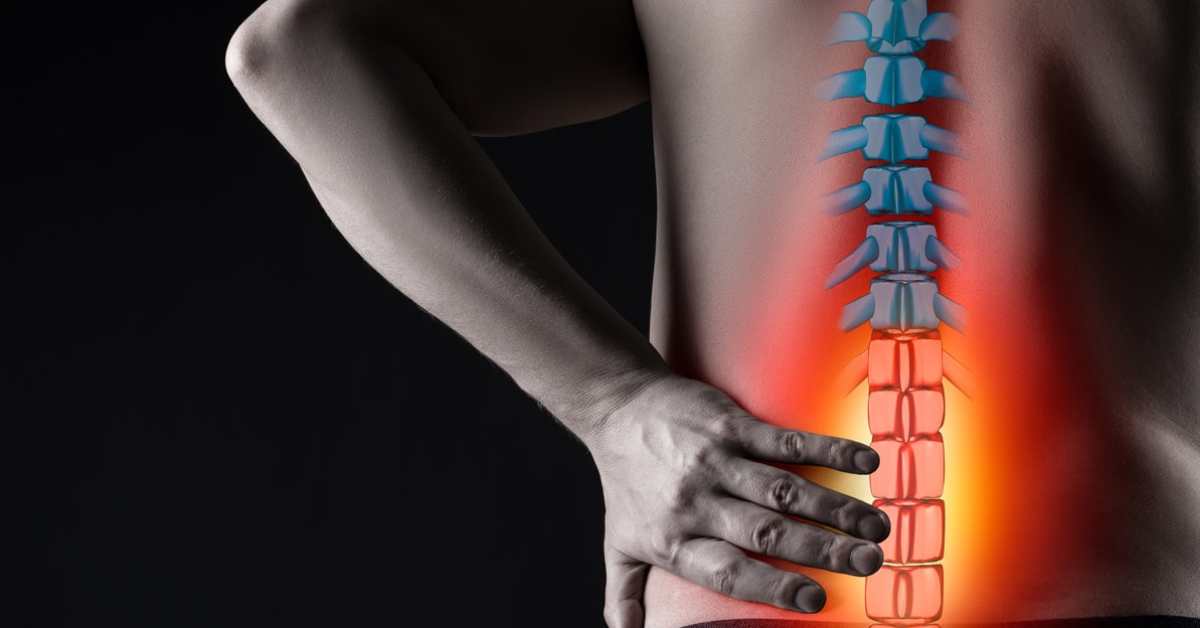

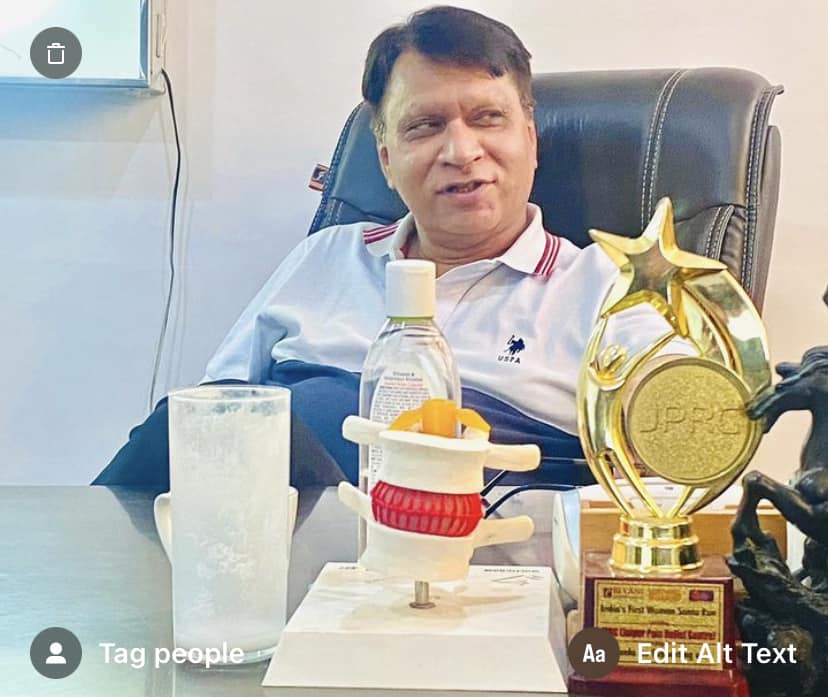
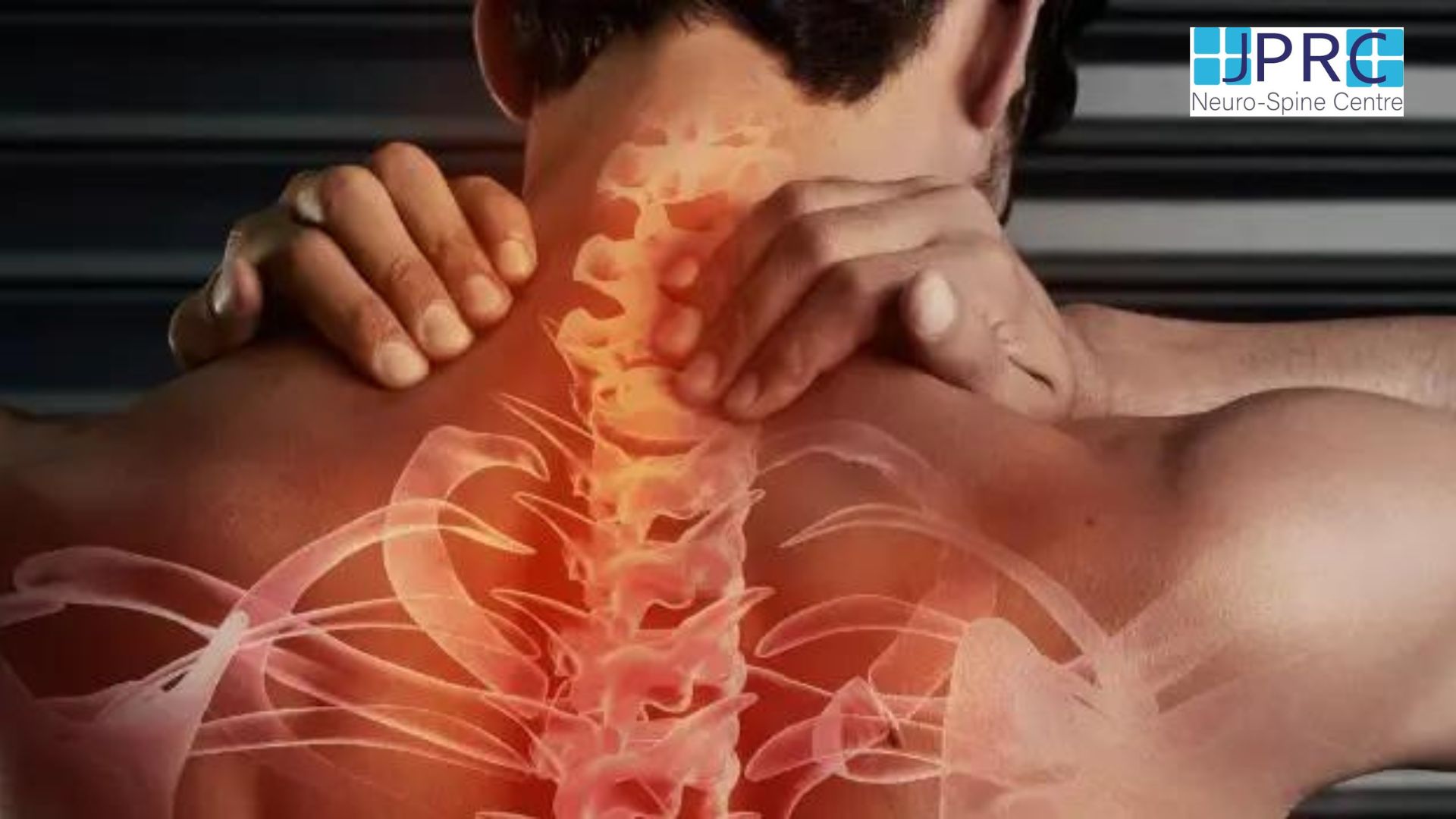
2.jpg)
3.jpg)
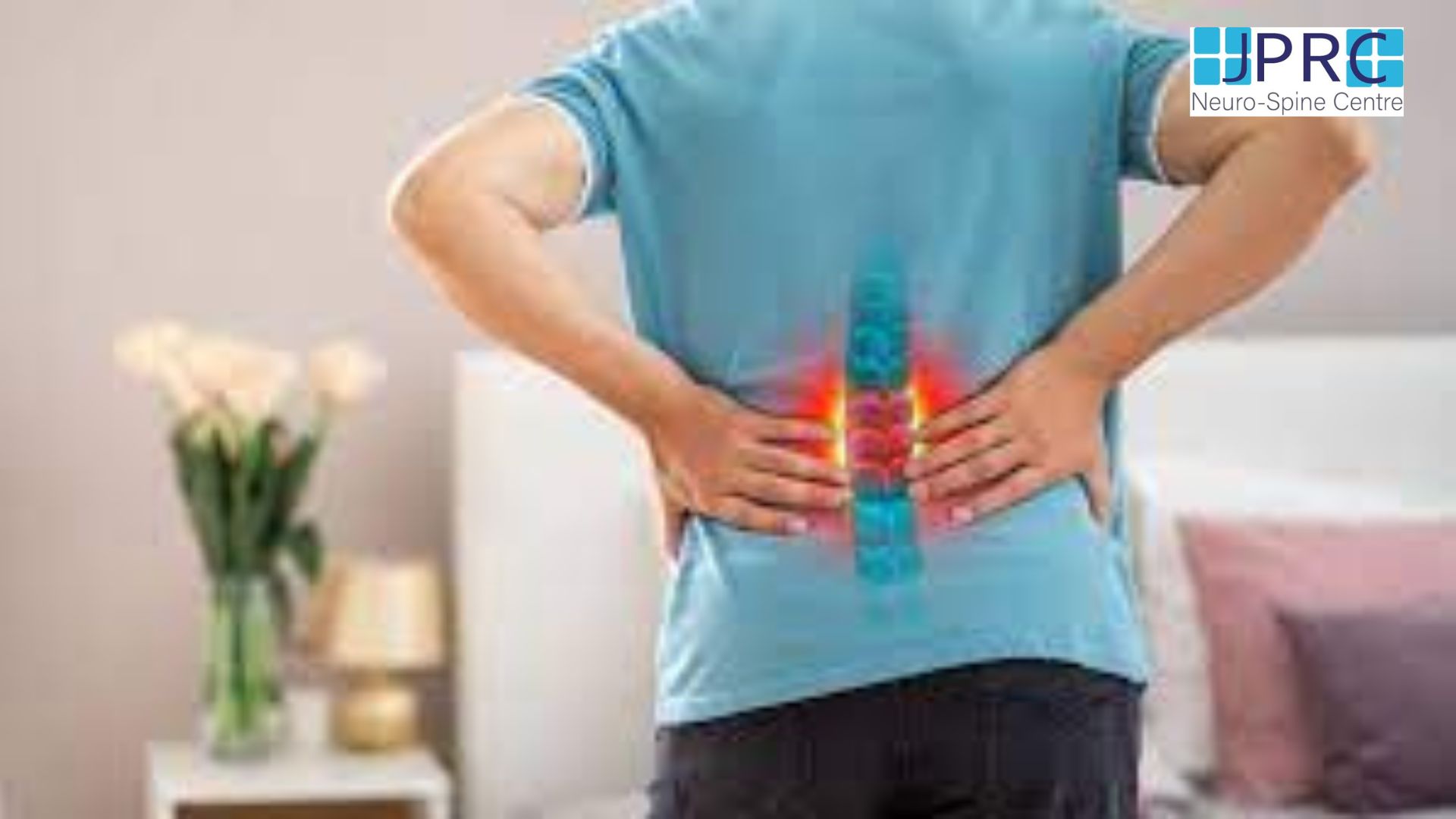
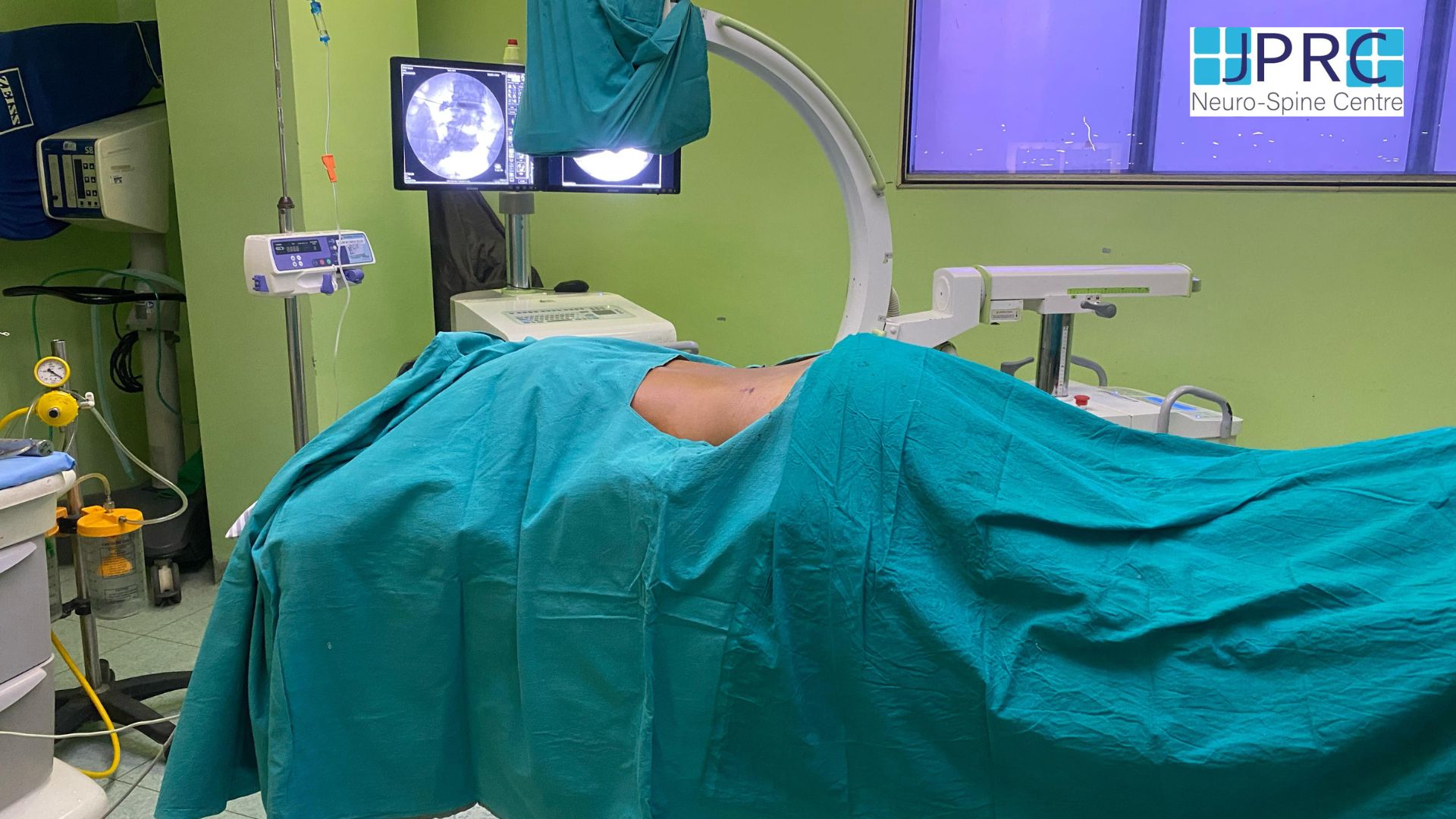
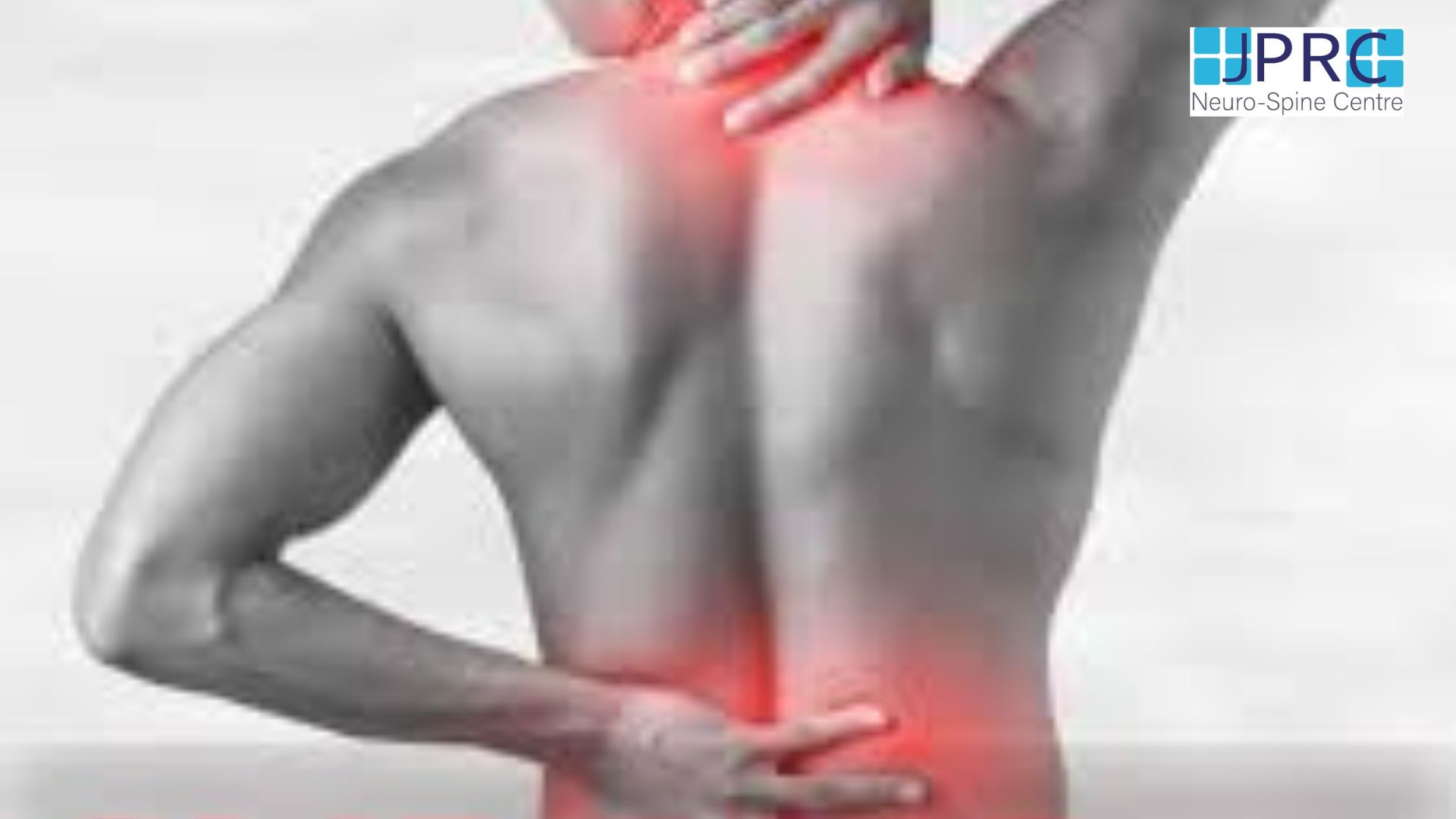
4.jpg)
1.jpg)
2.jpg)
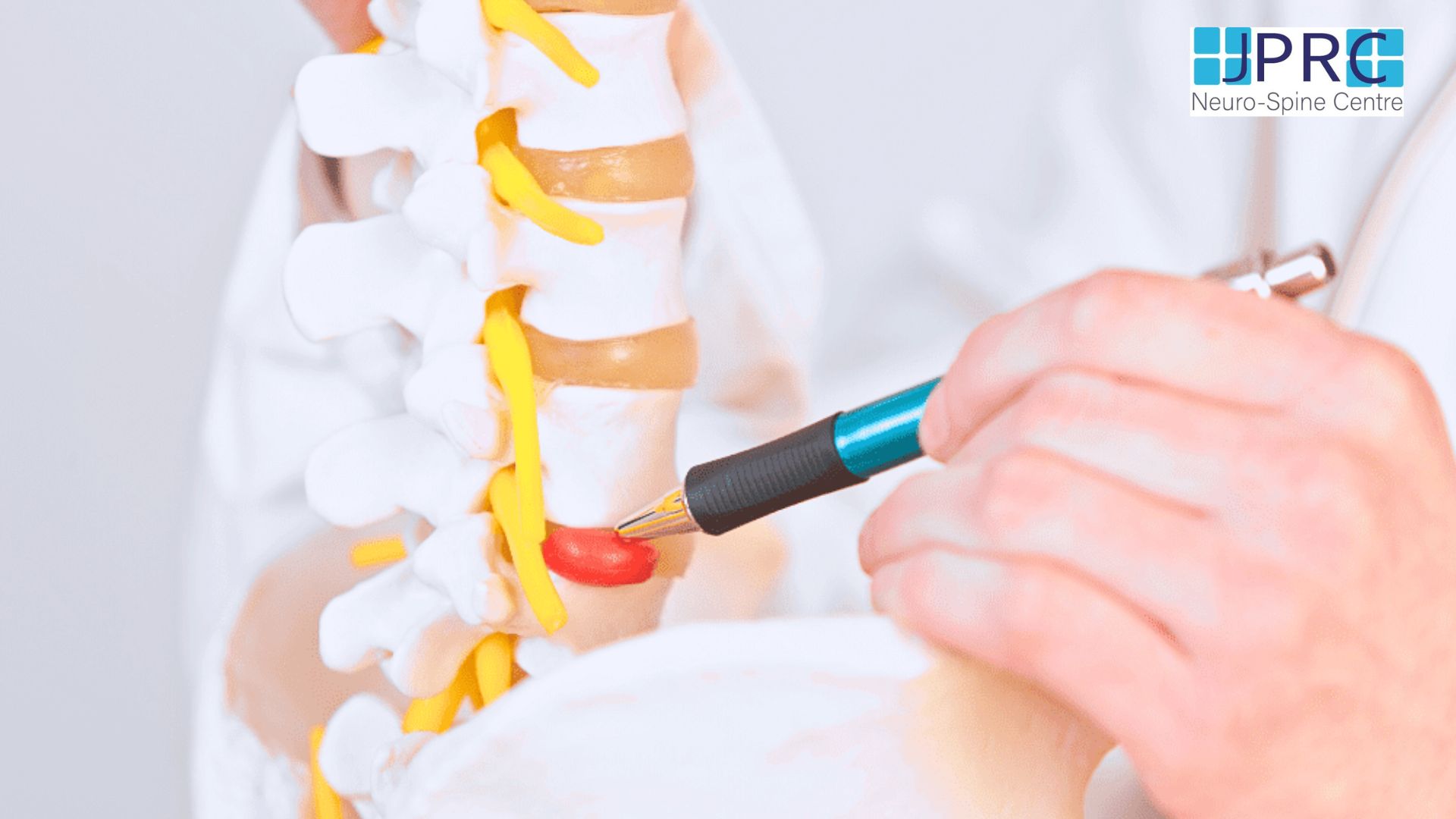
5.jpg)

6.jpg)
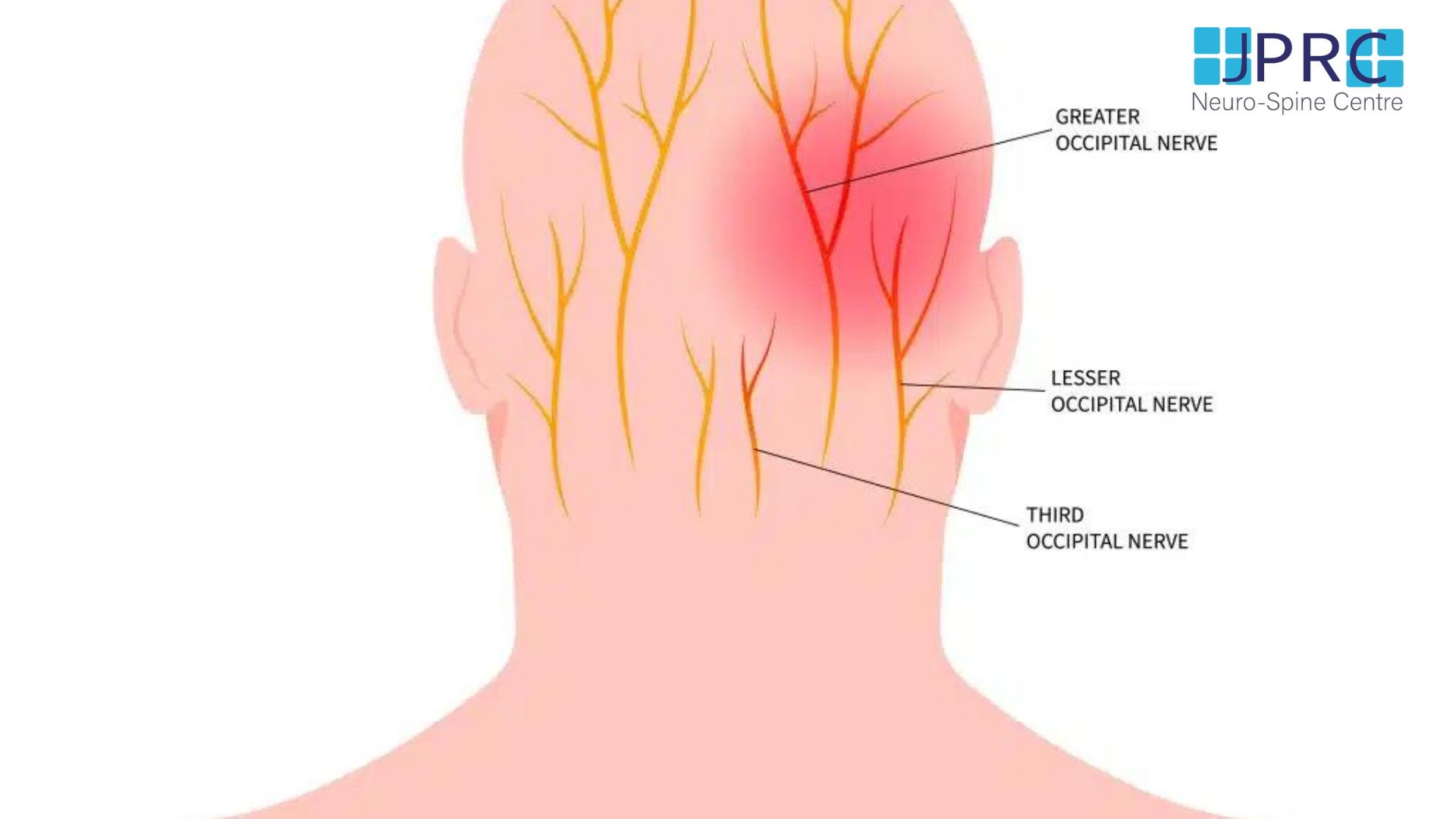
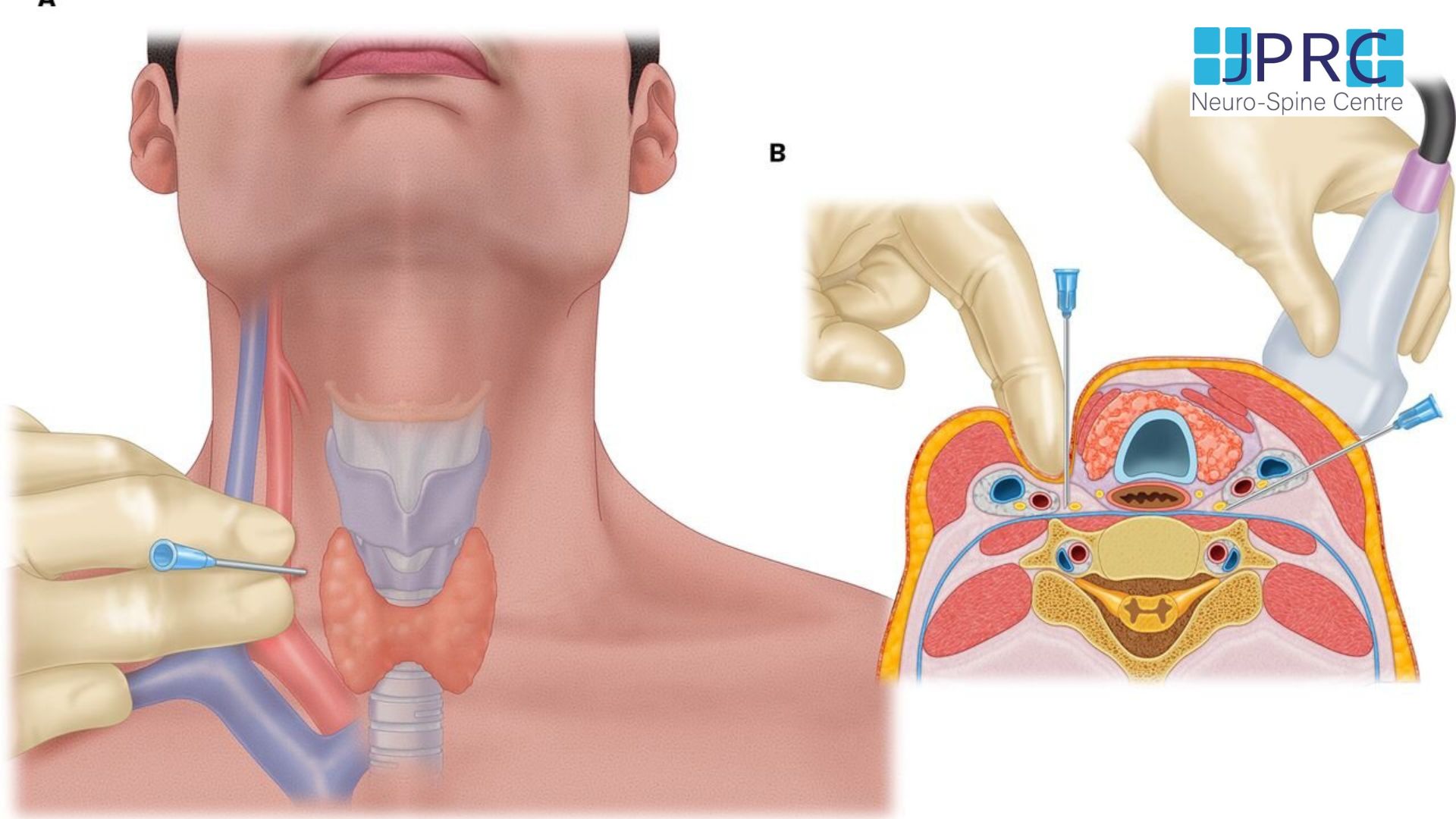
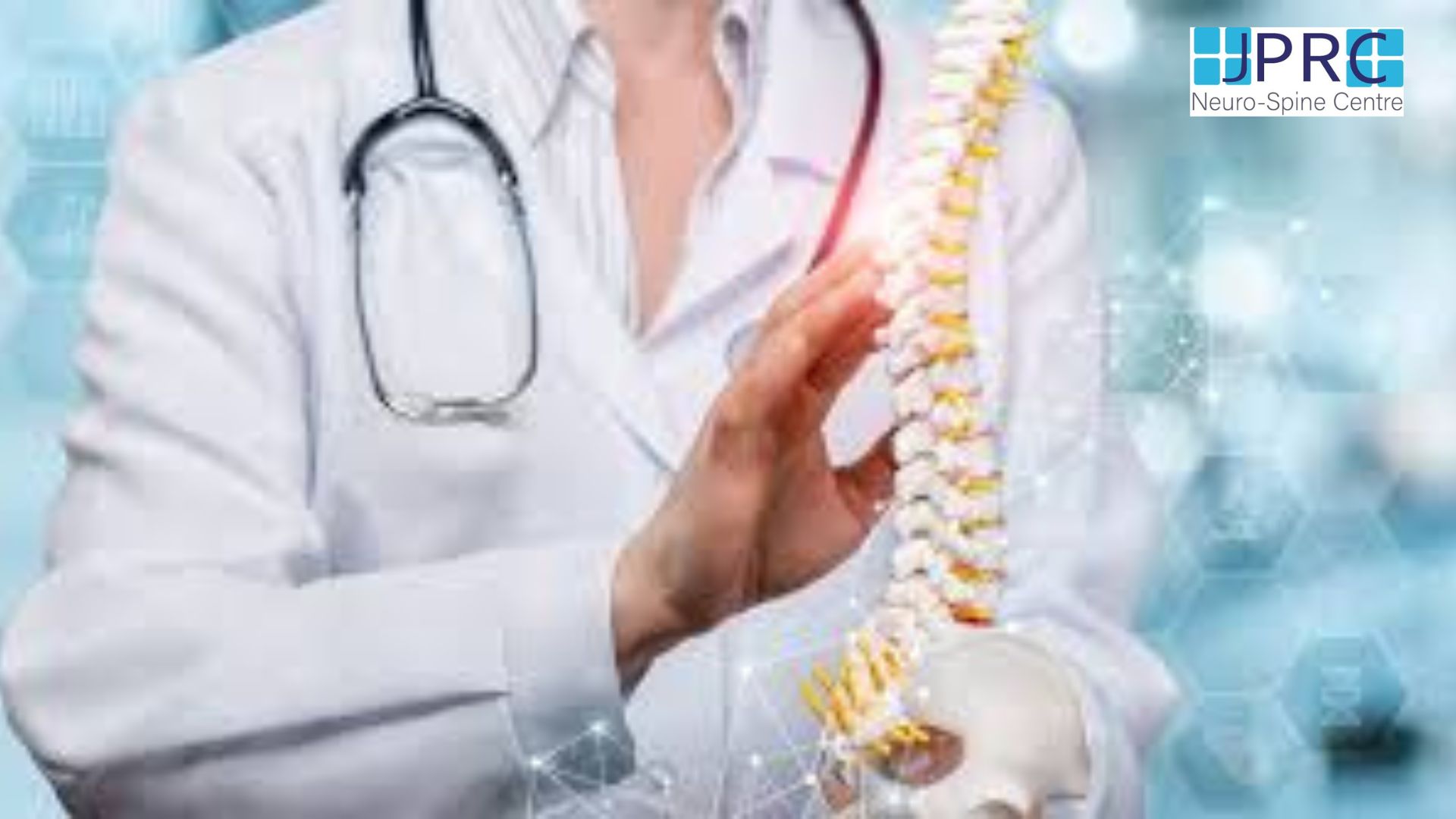

7.jpg)
2.jpg)

8.jpg)

9.jpg)
3.jpg)

10.jpg)

11.jpg)


12.jpg)
4.jpg)


























